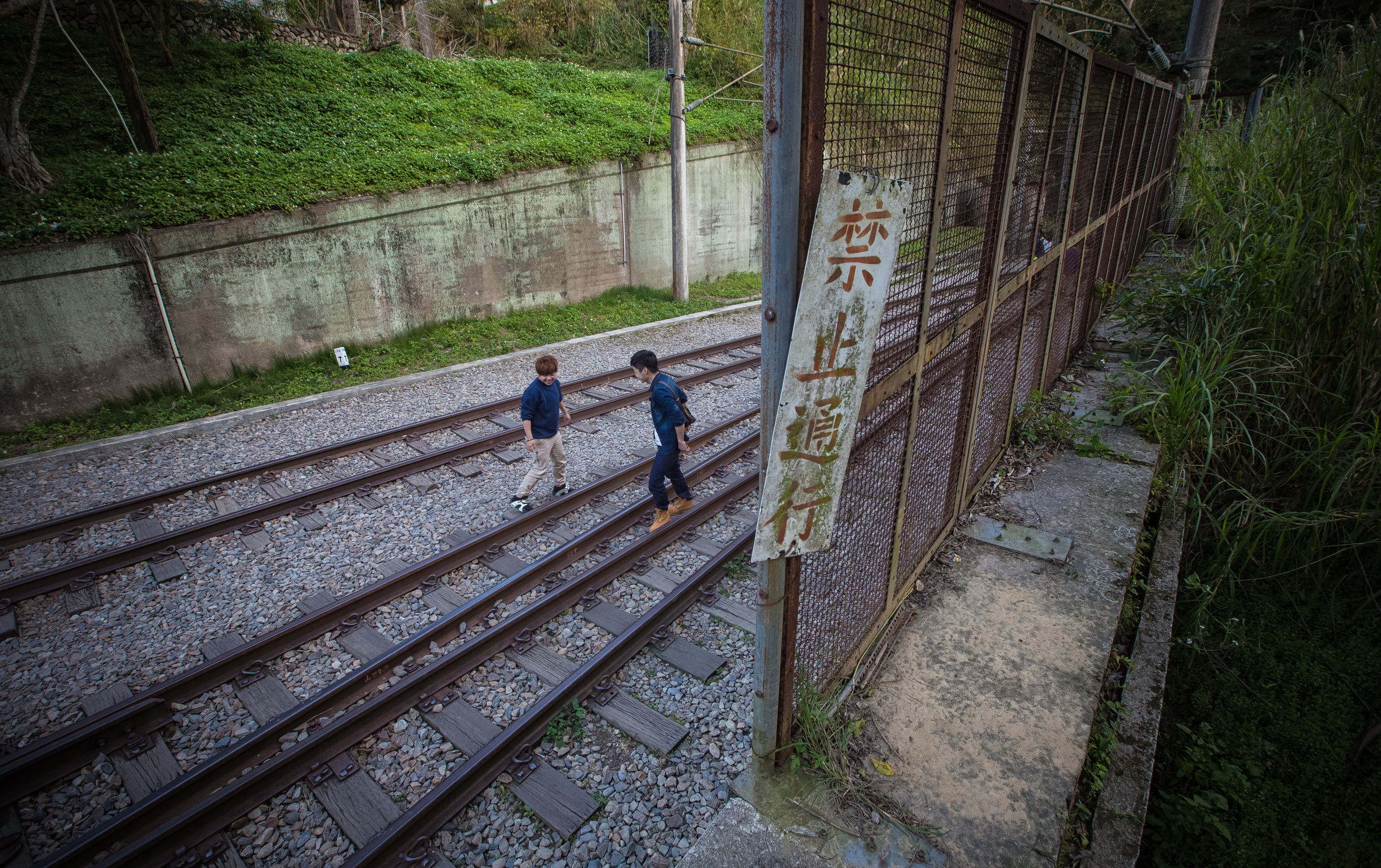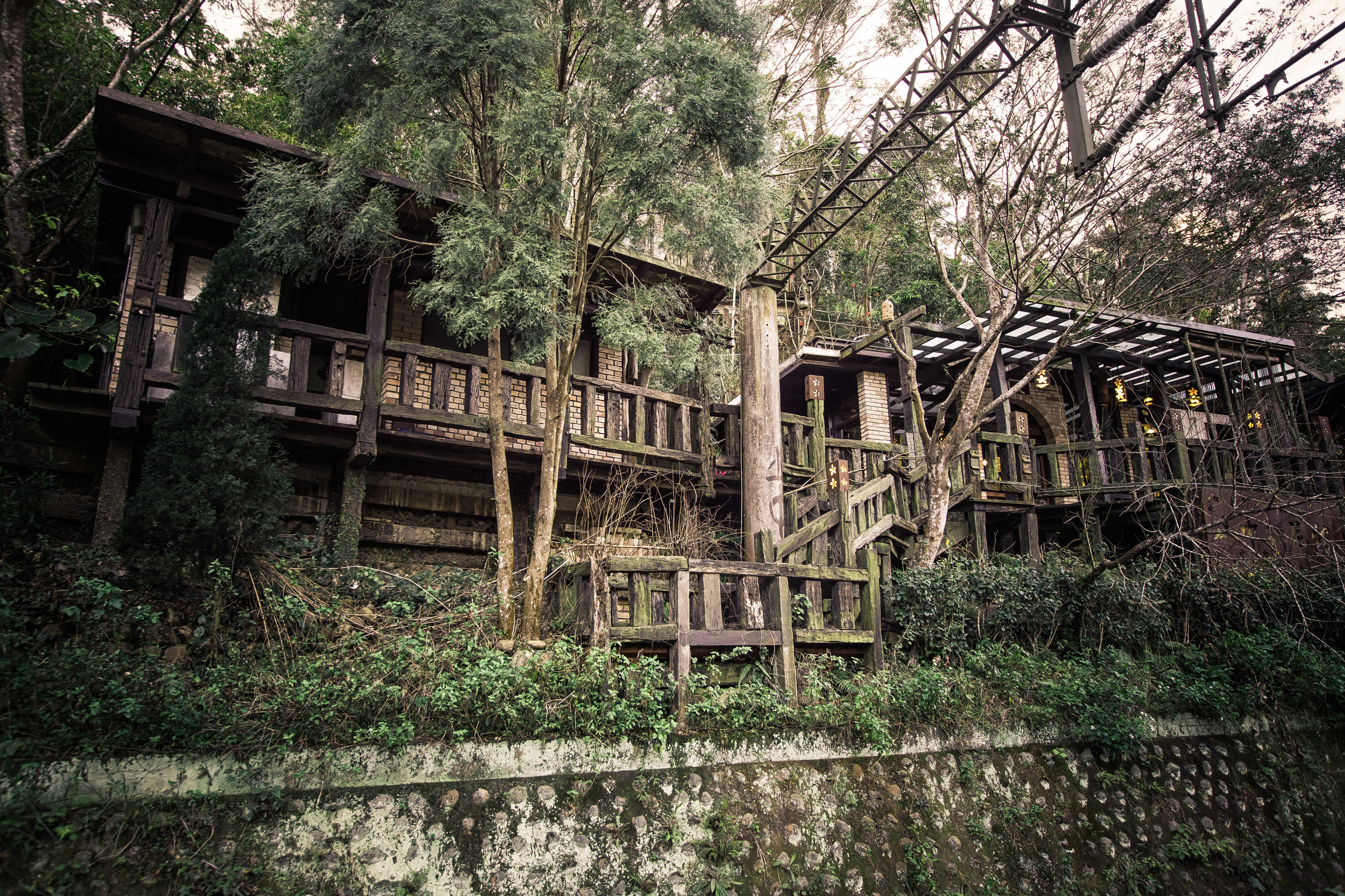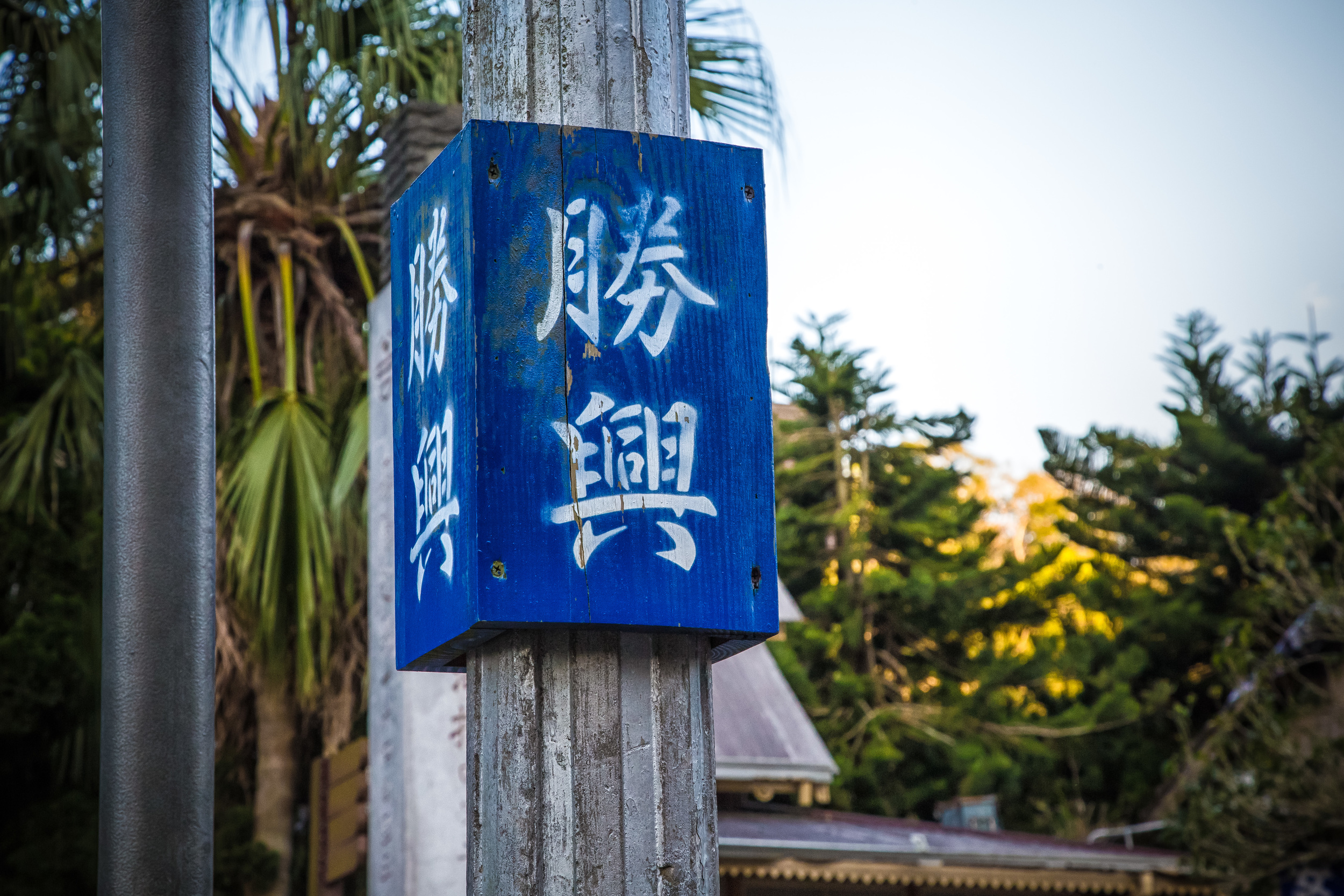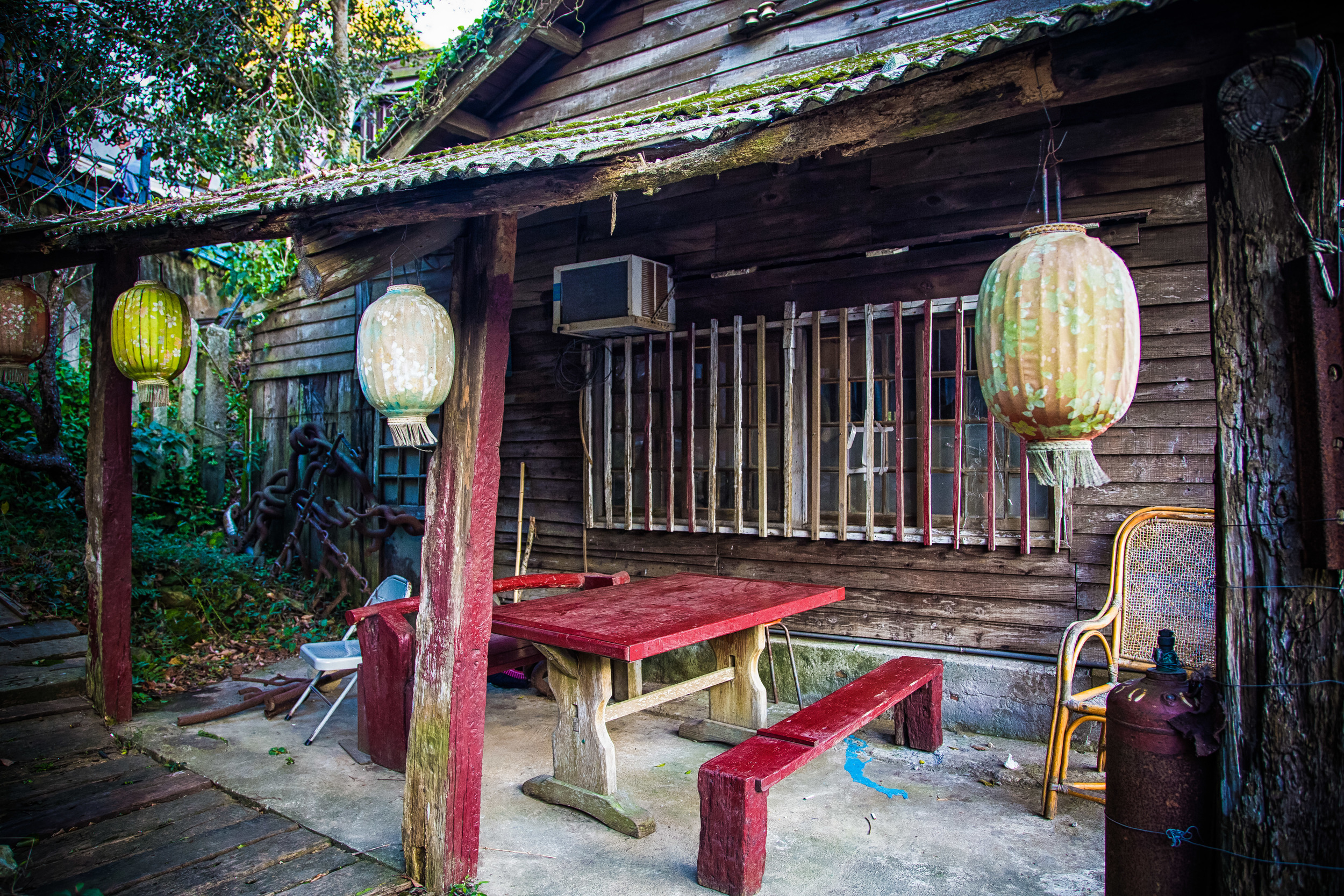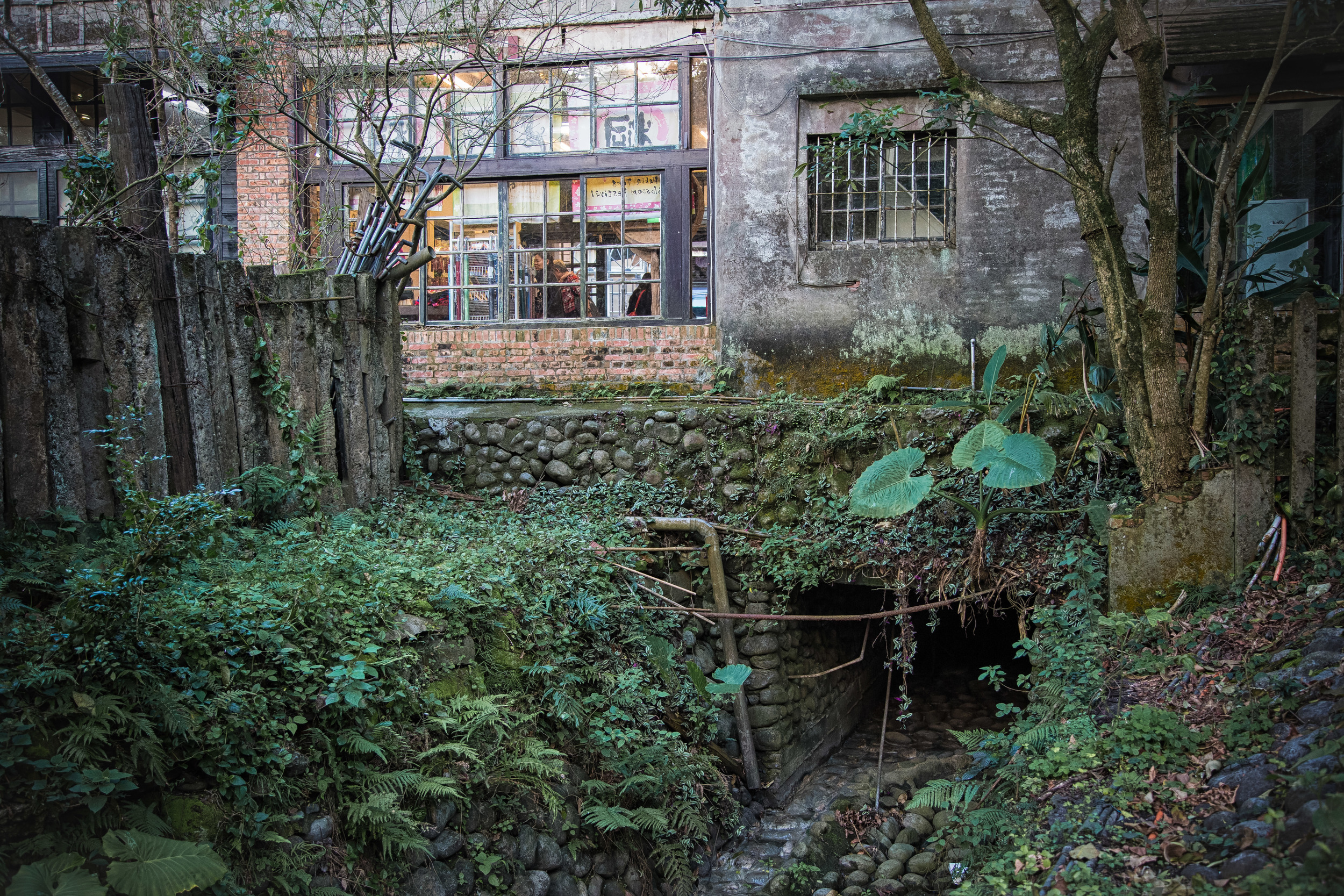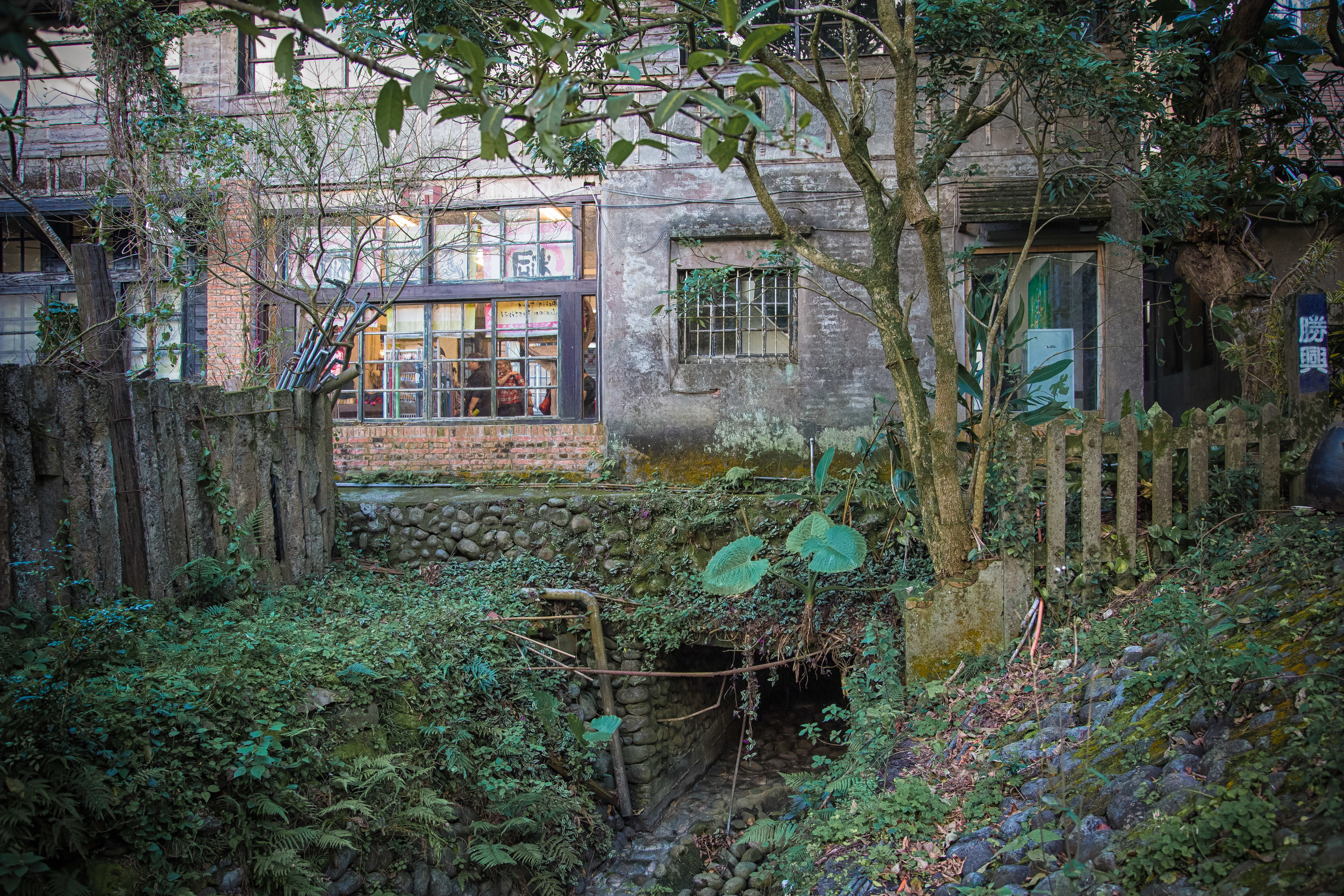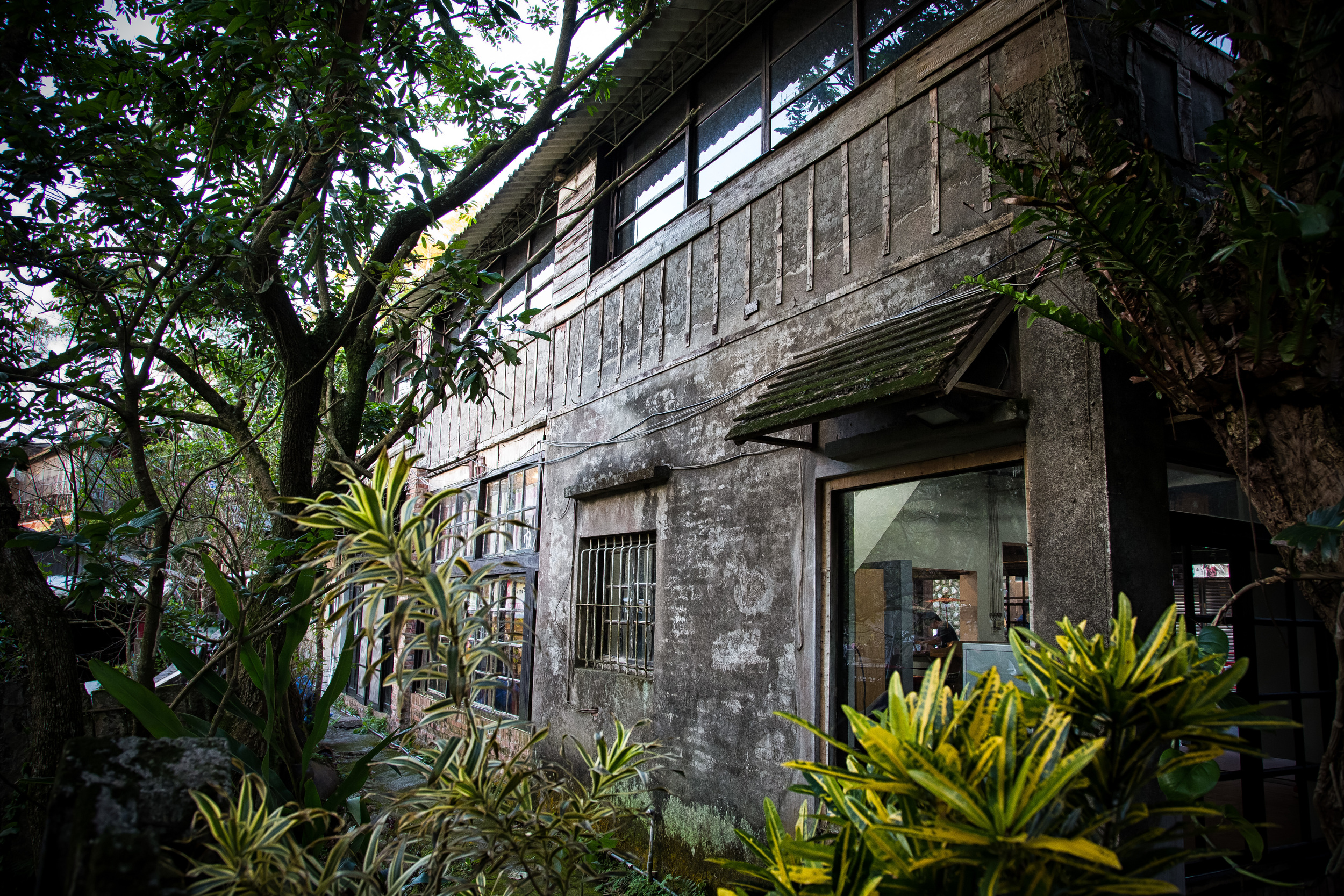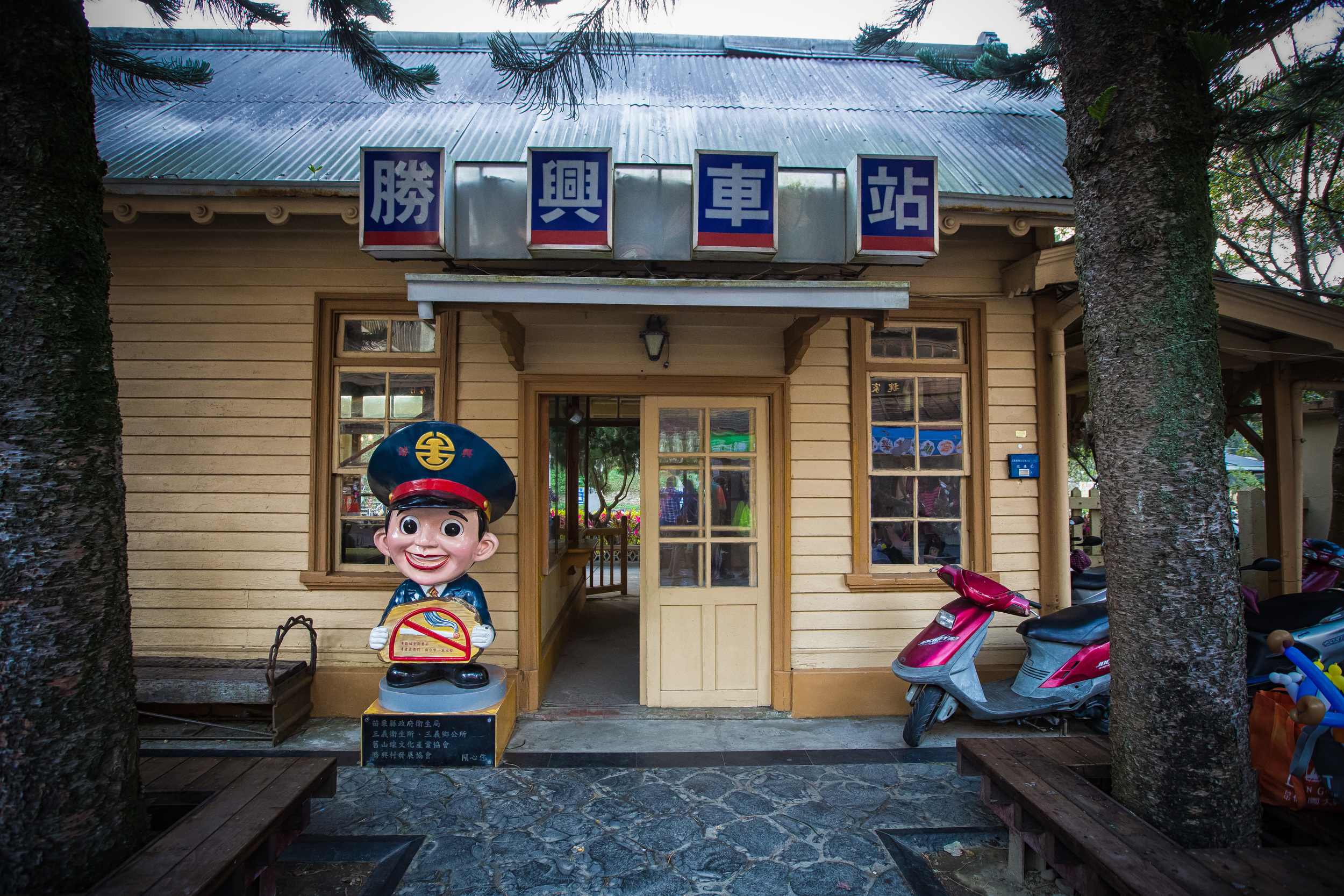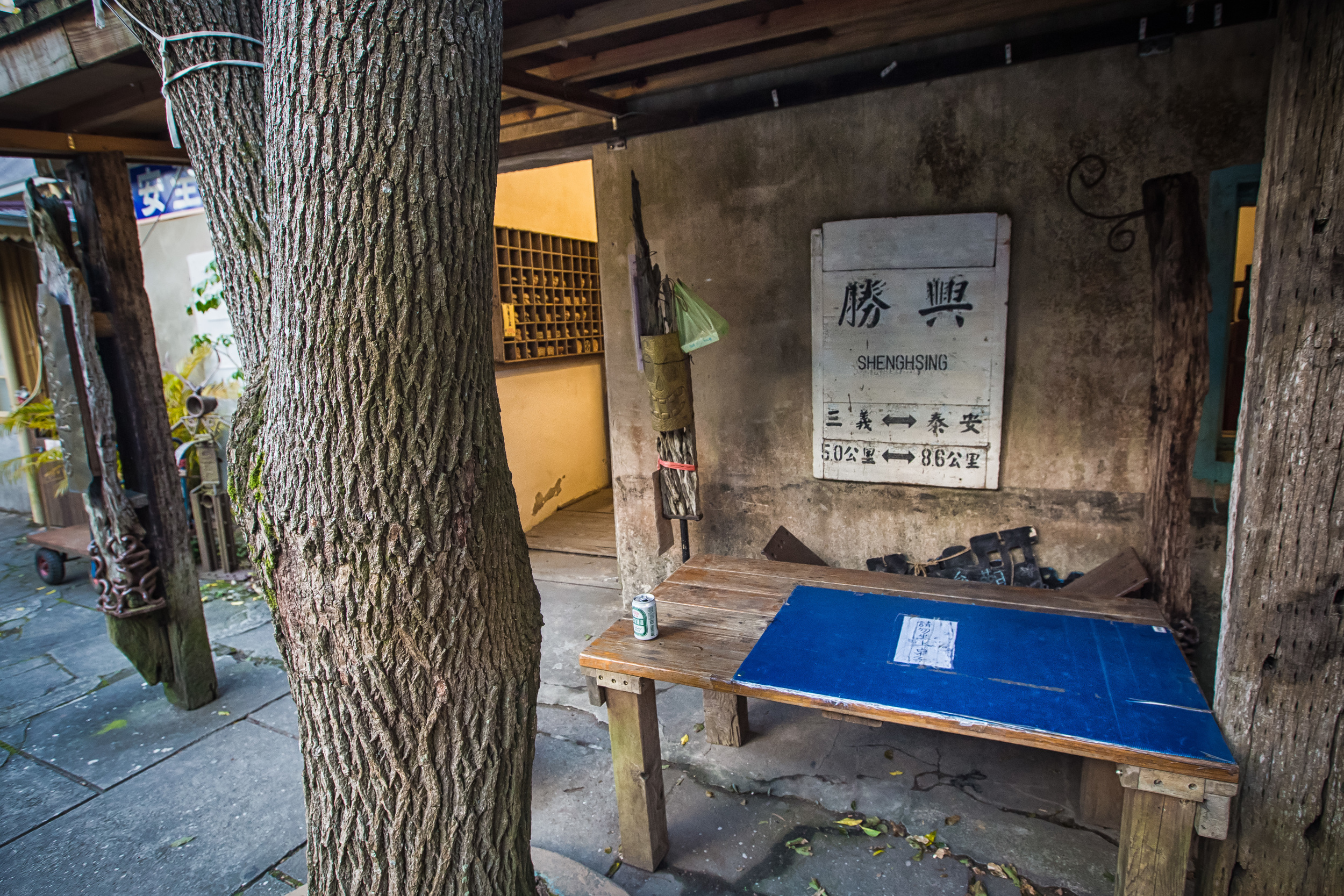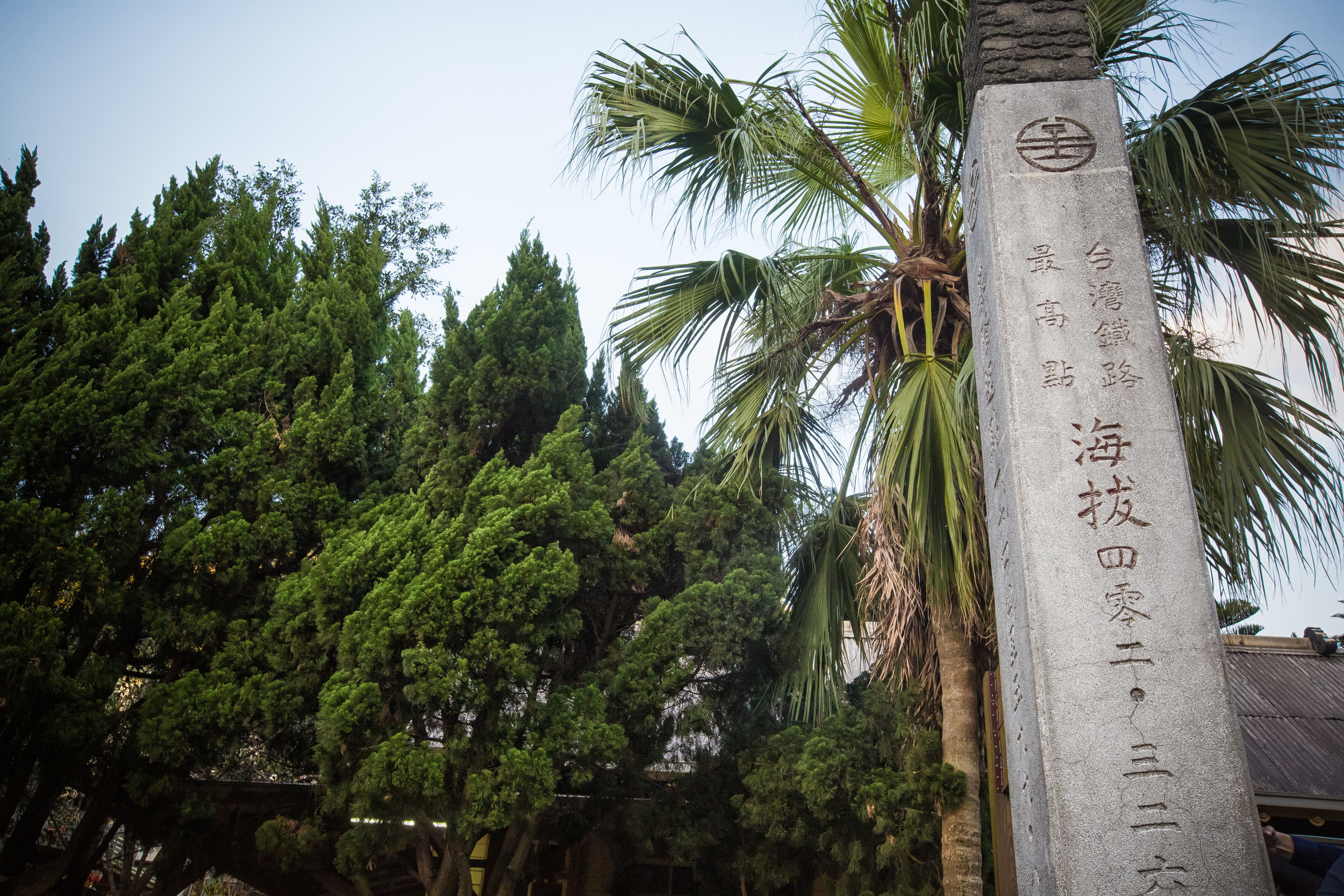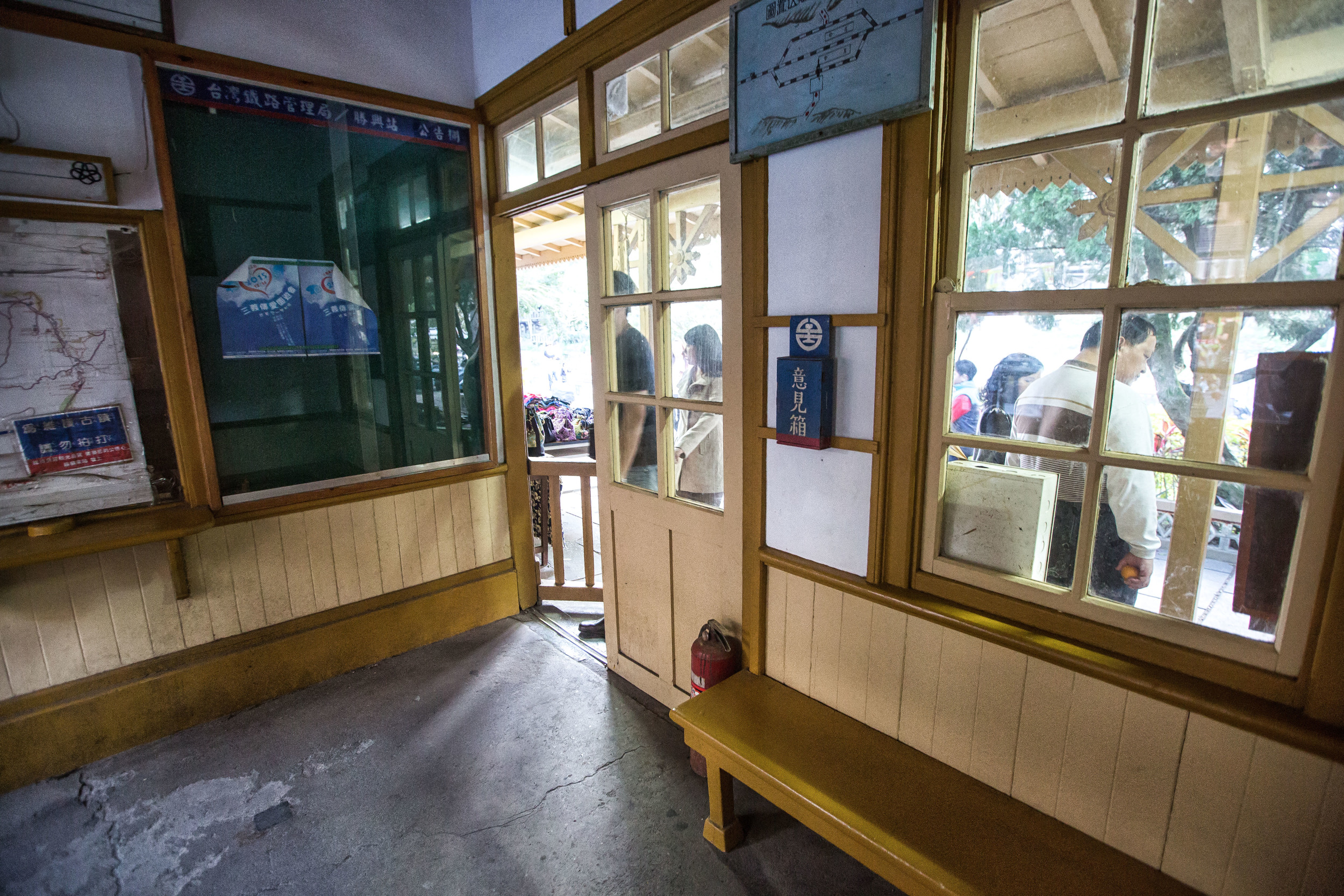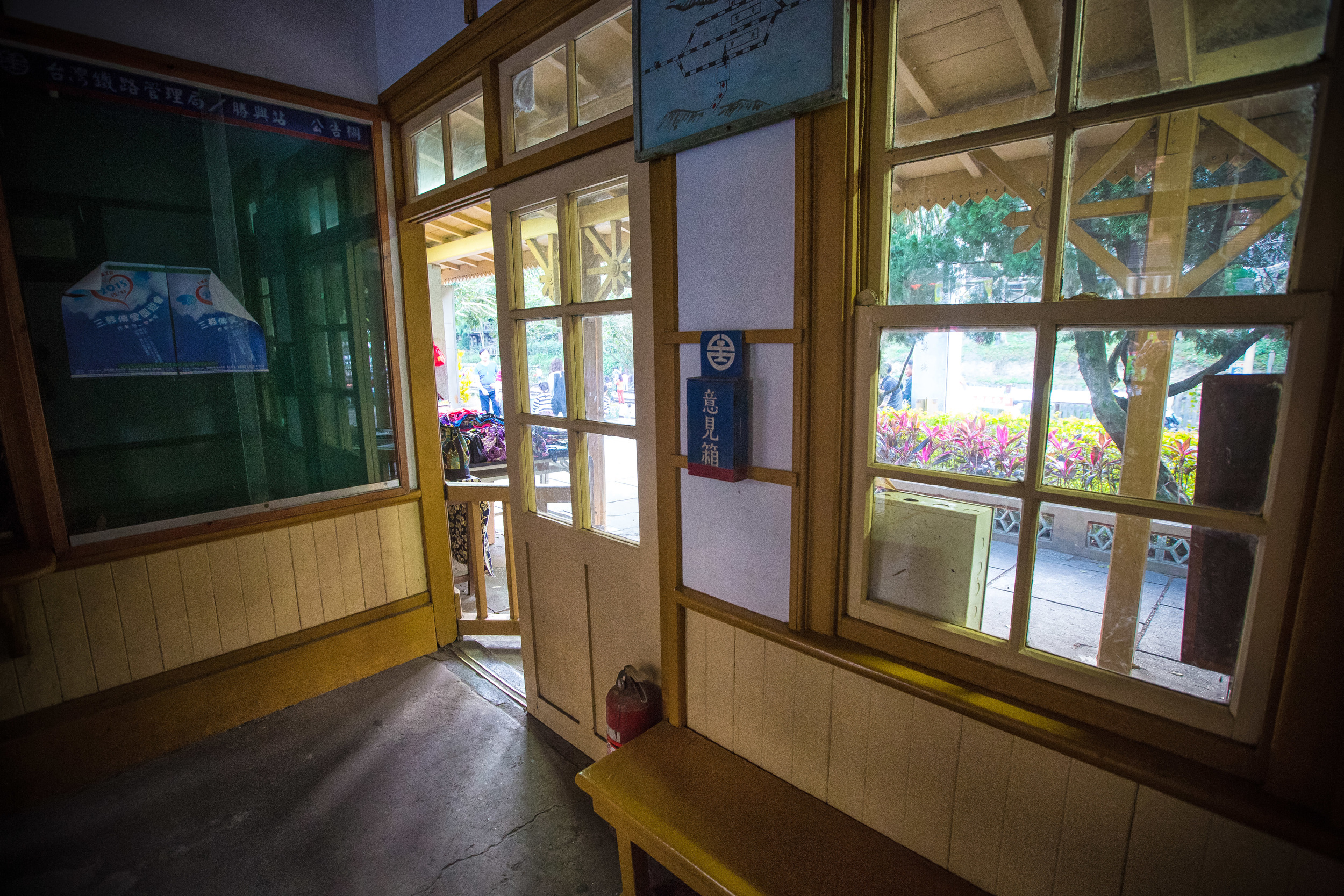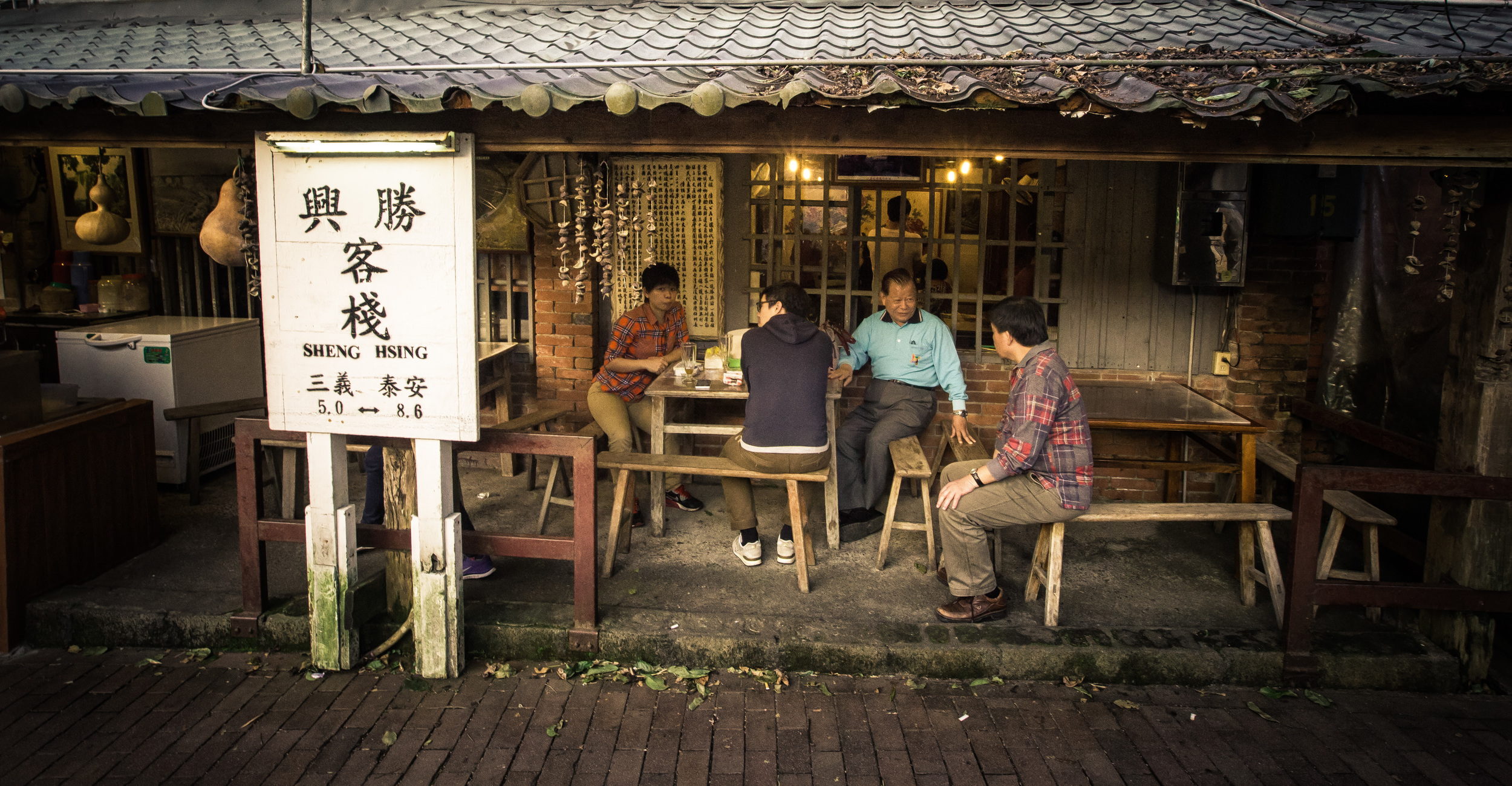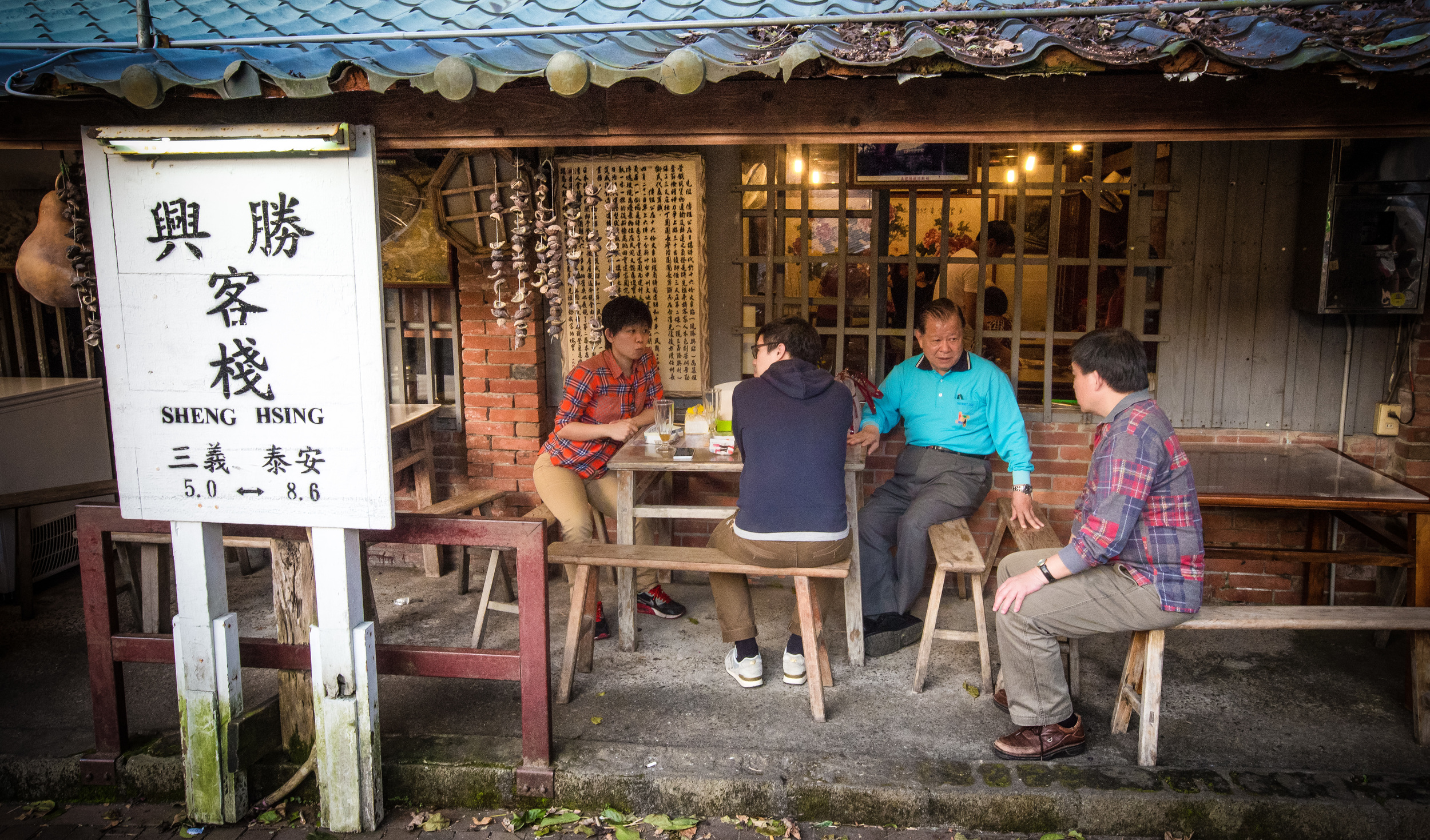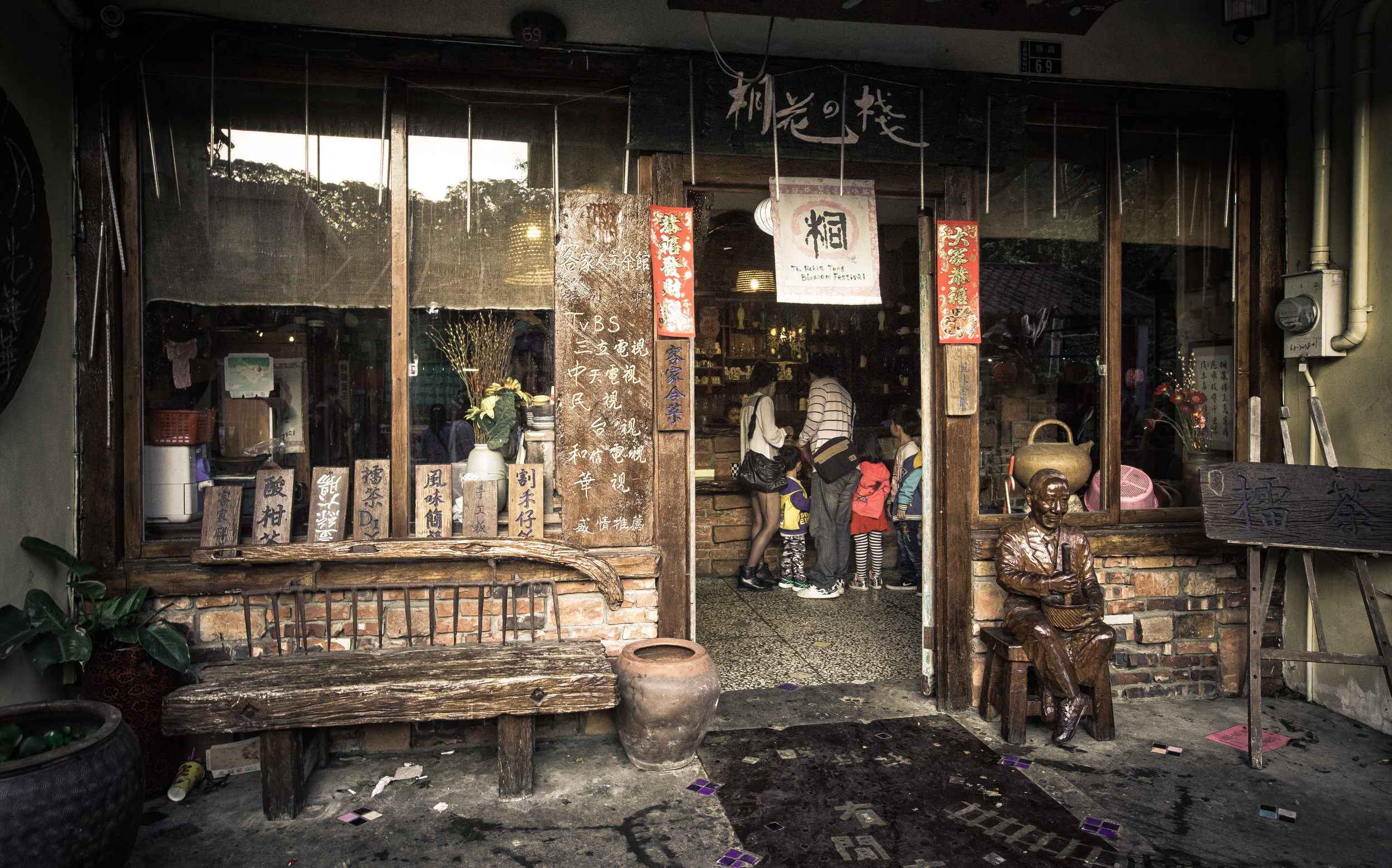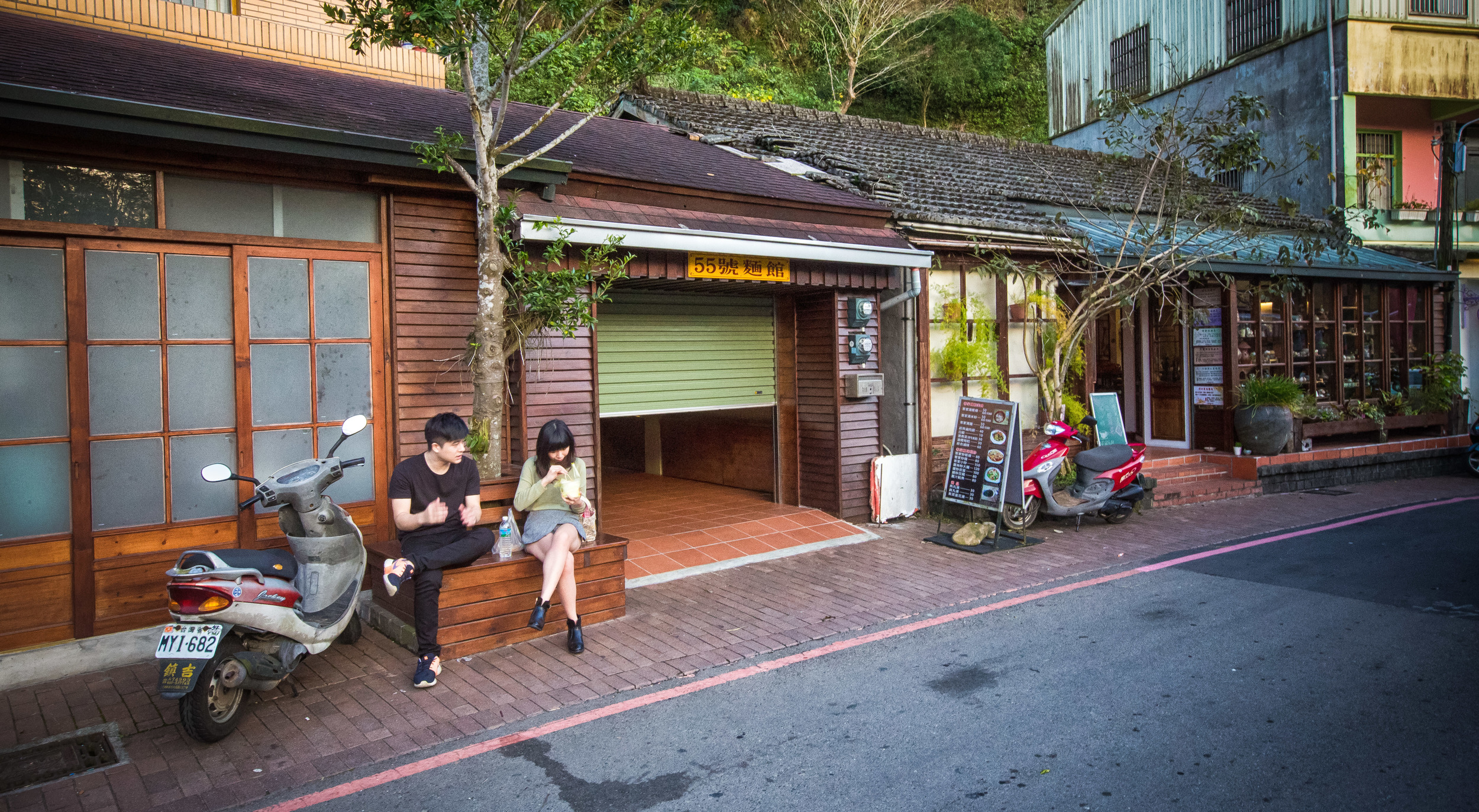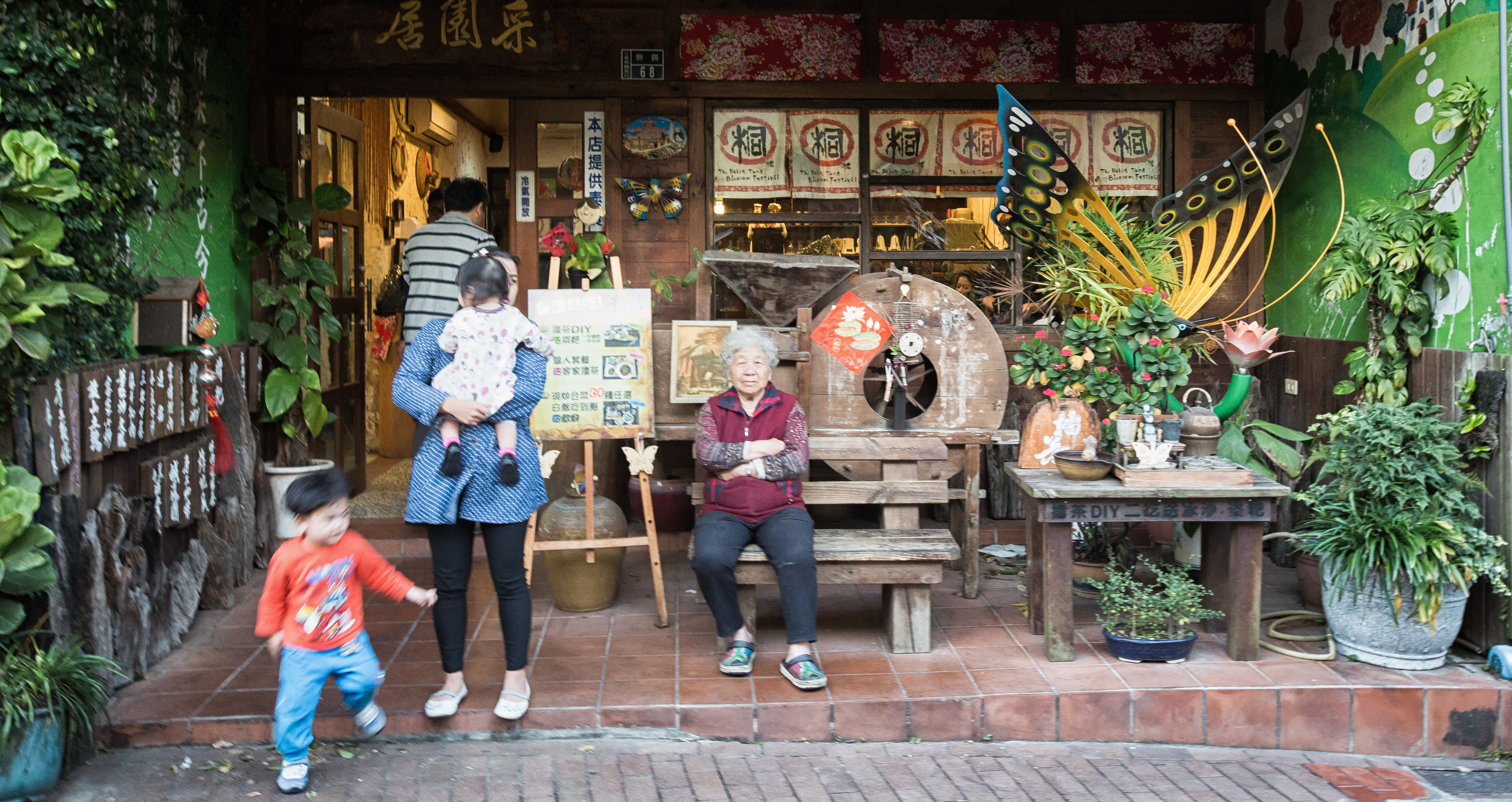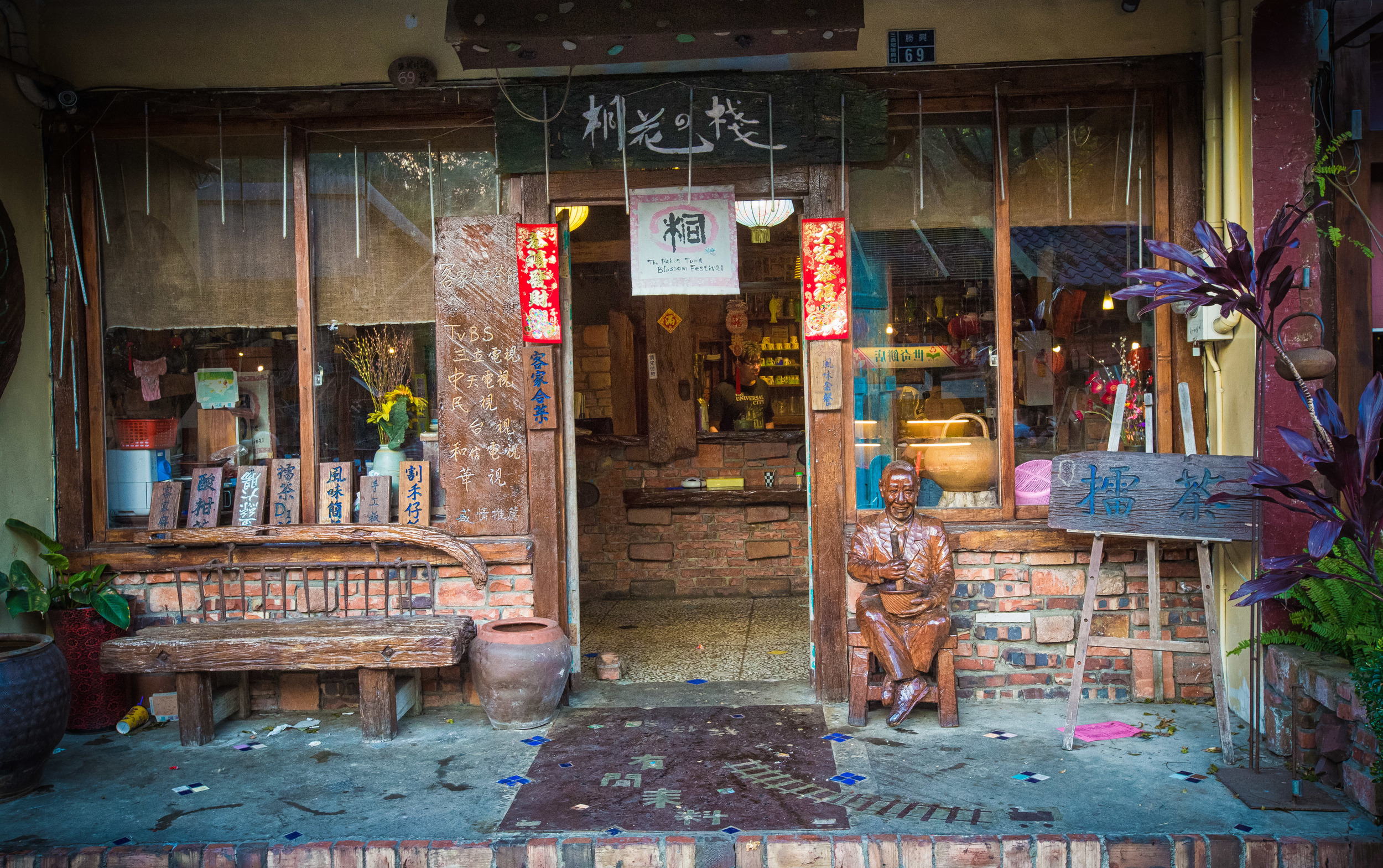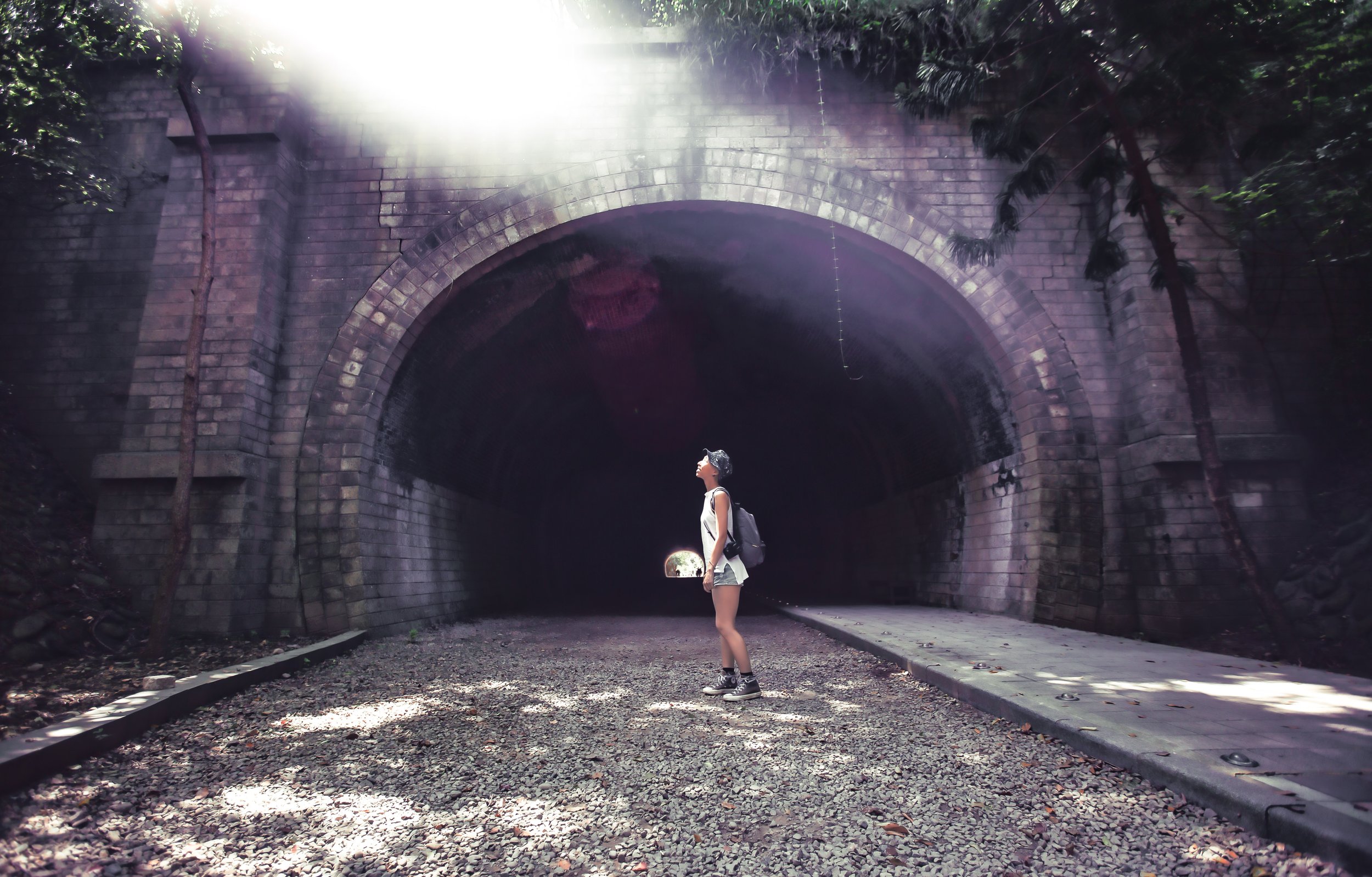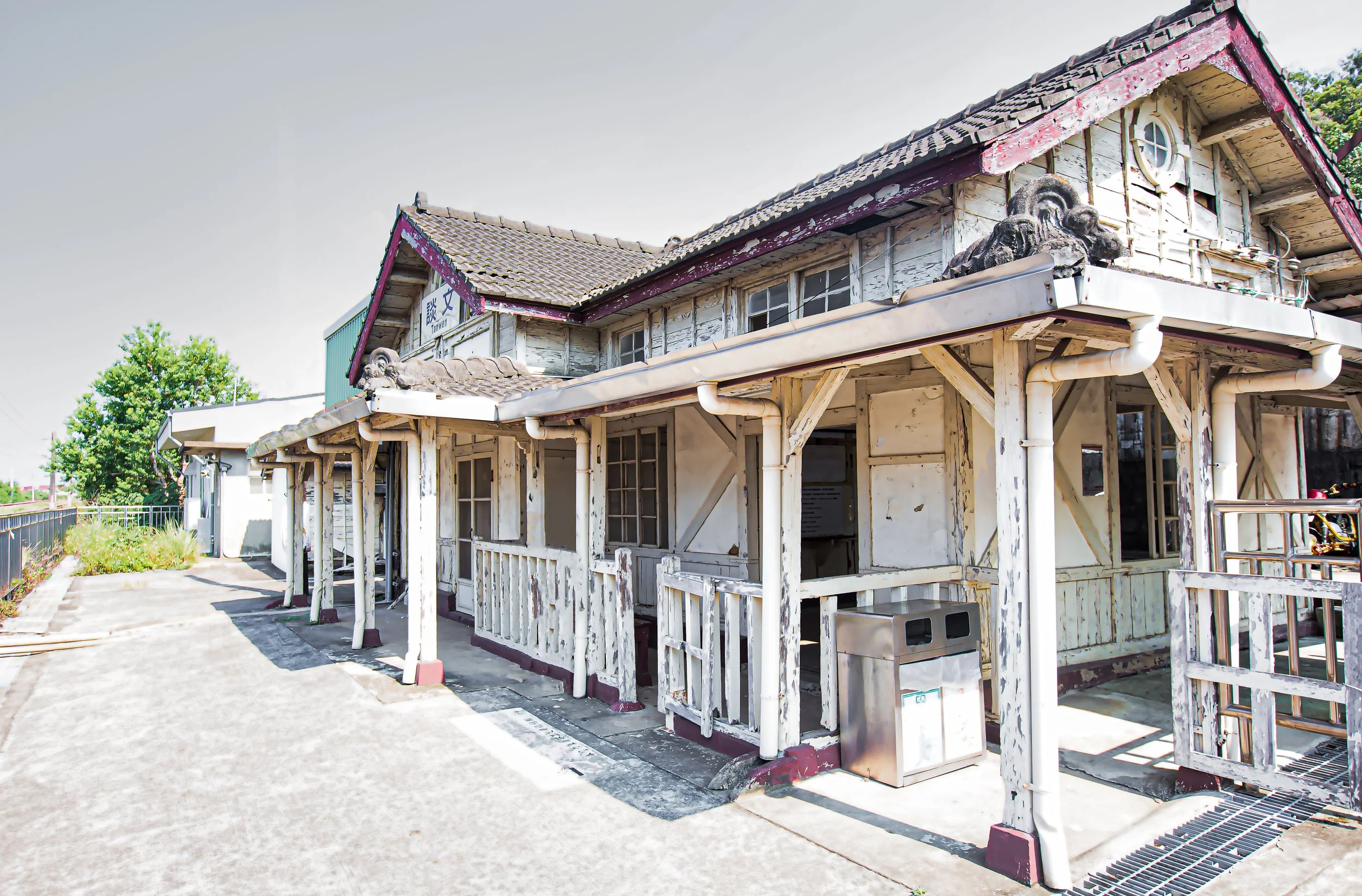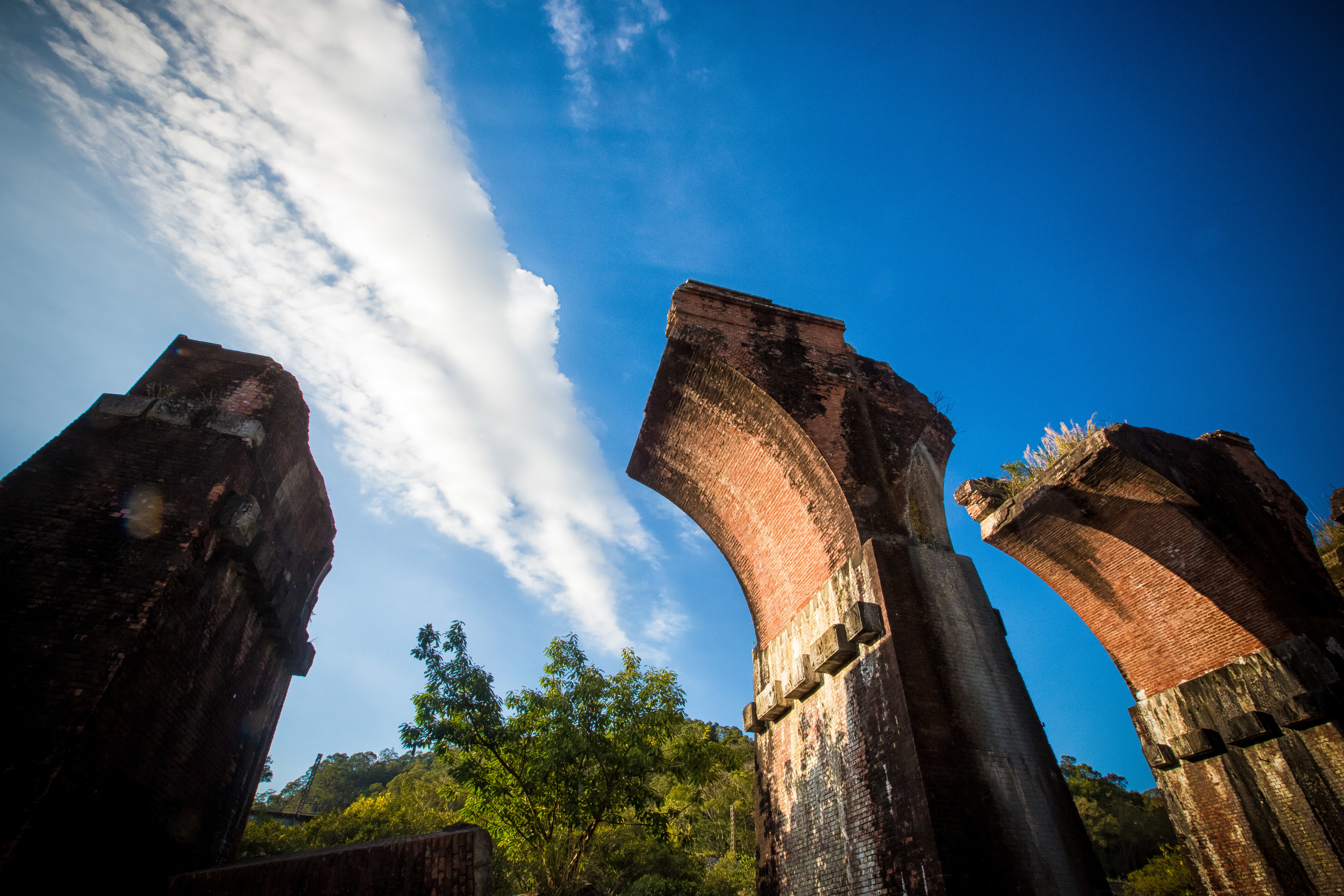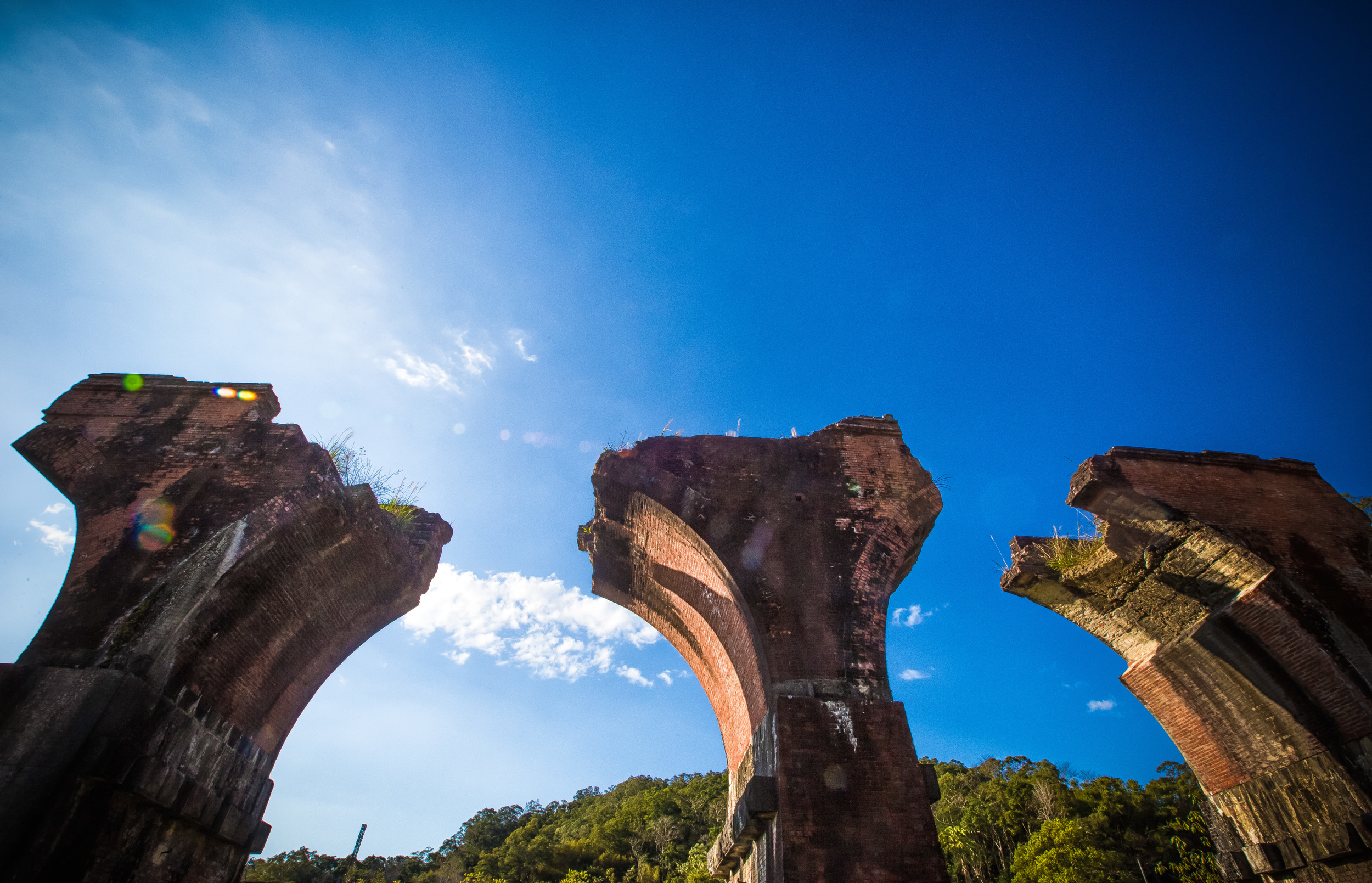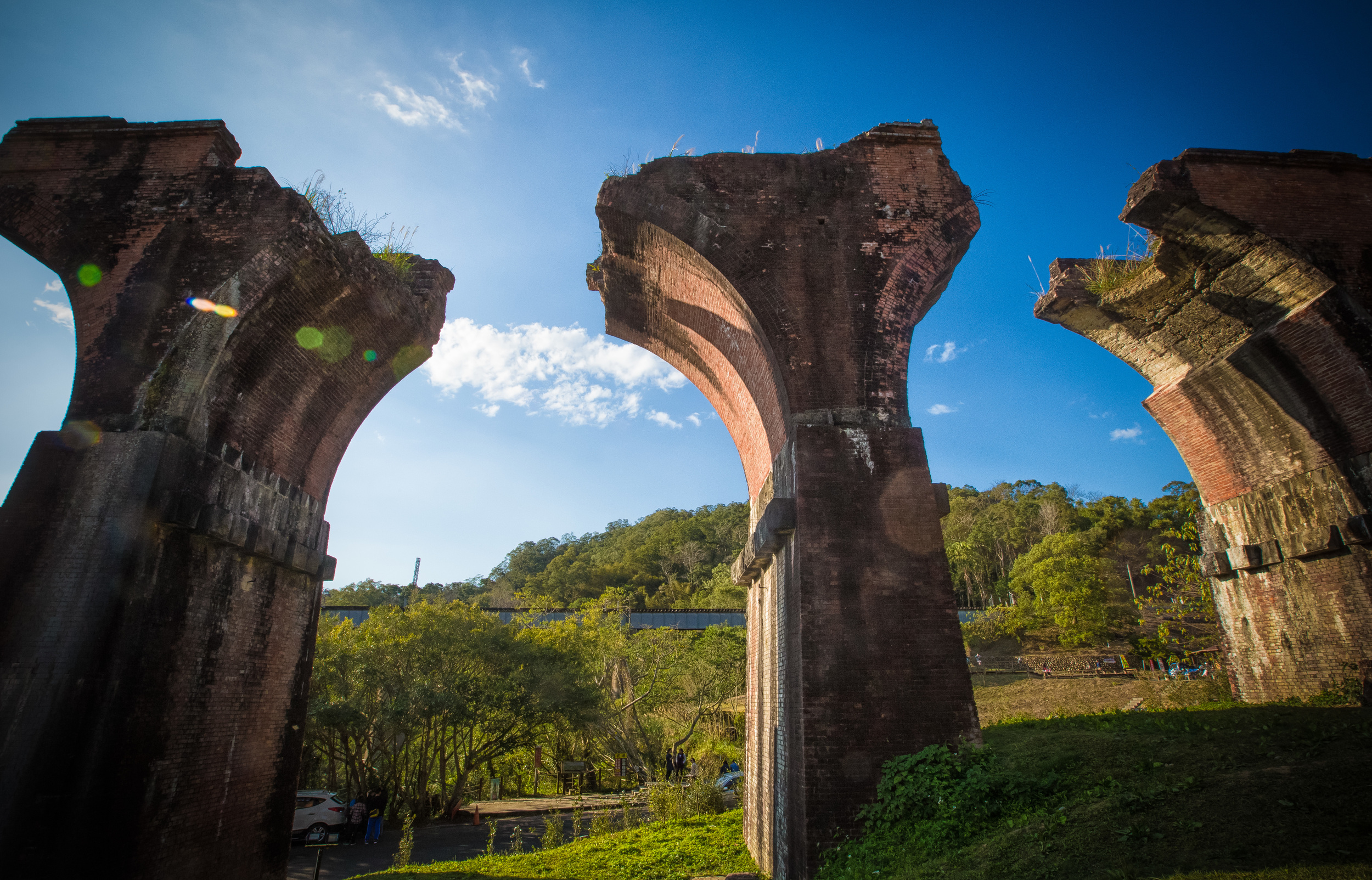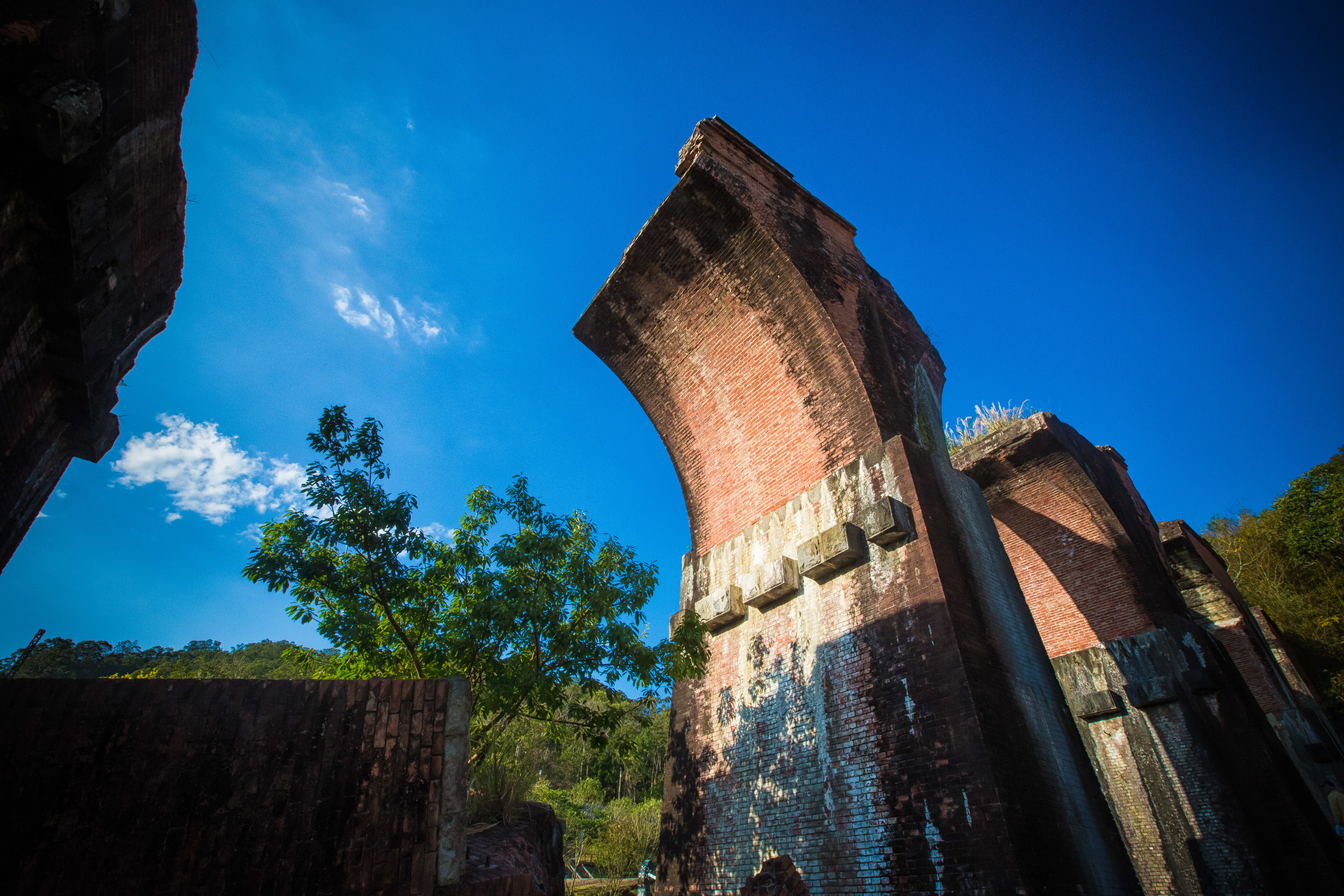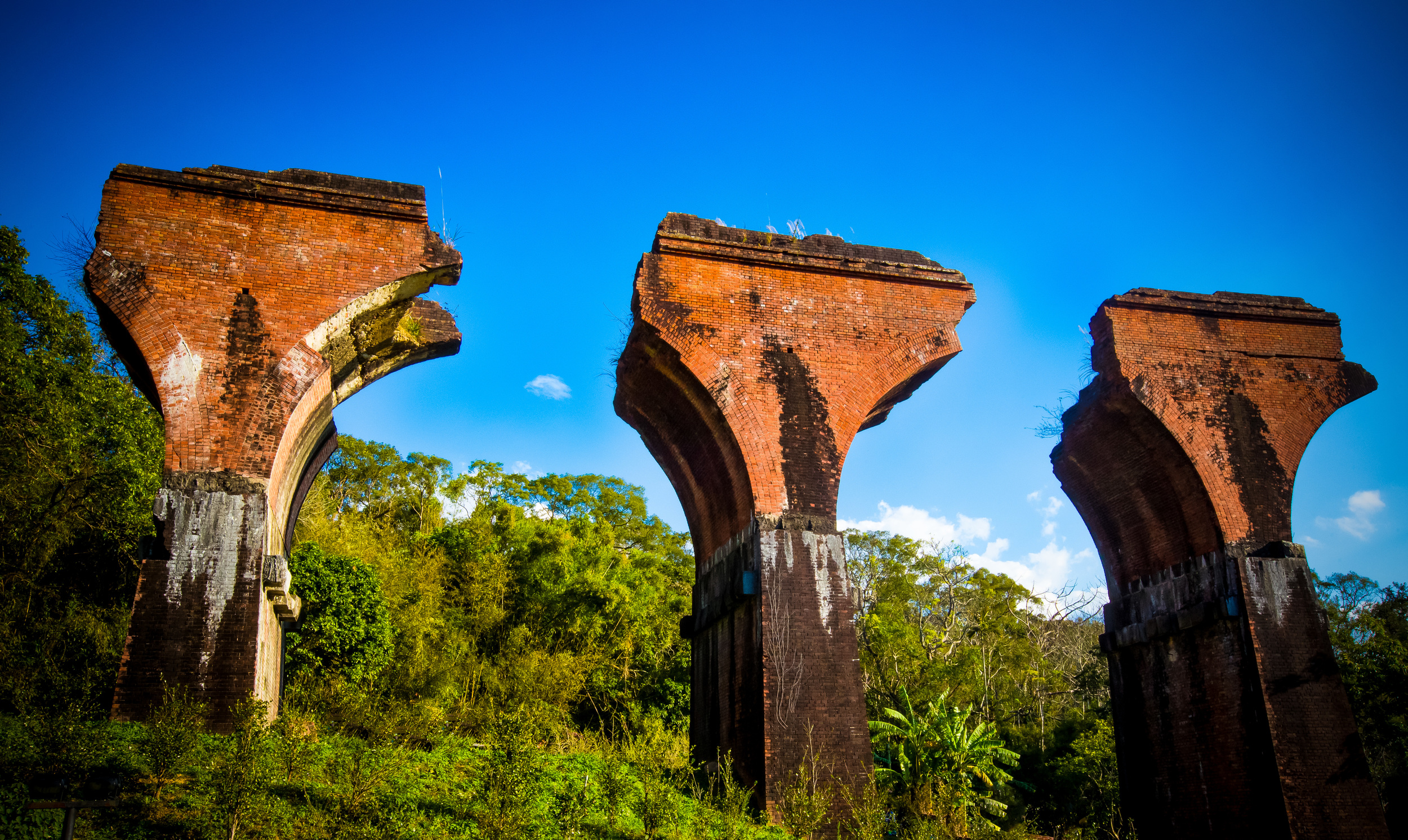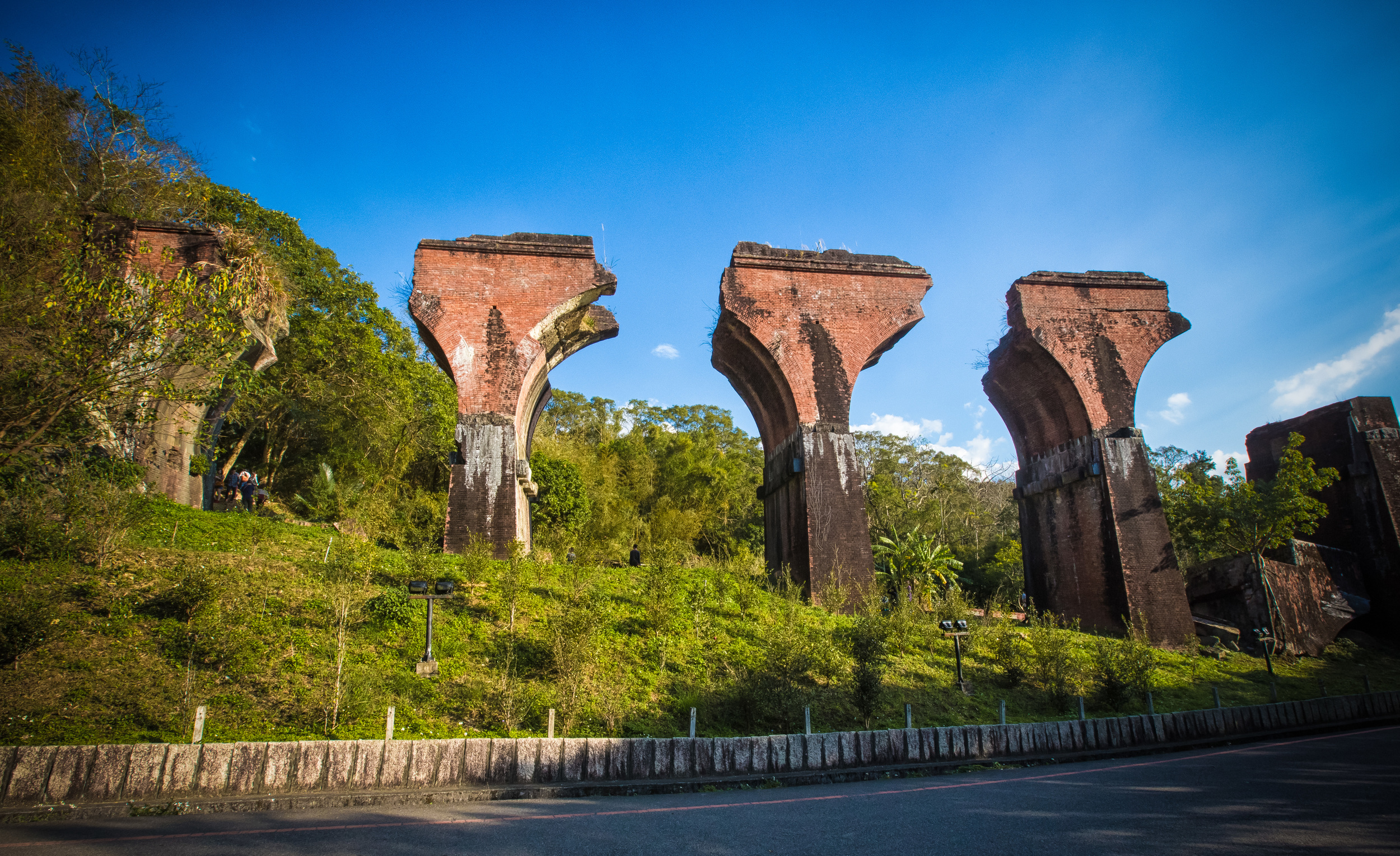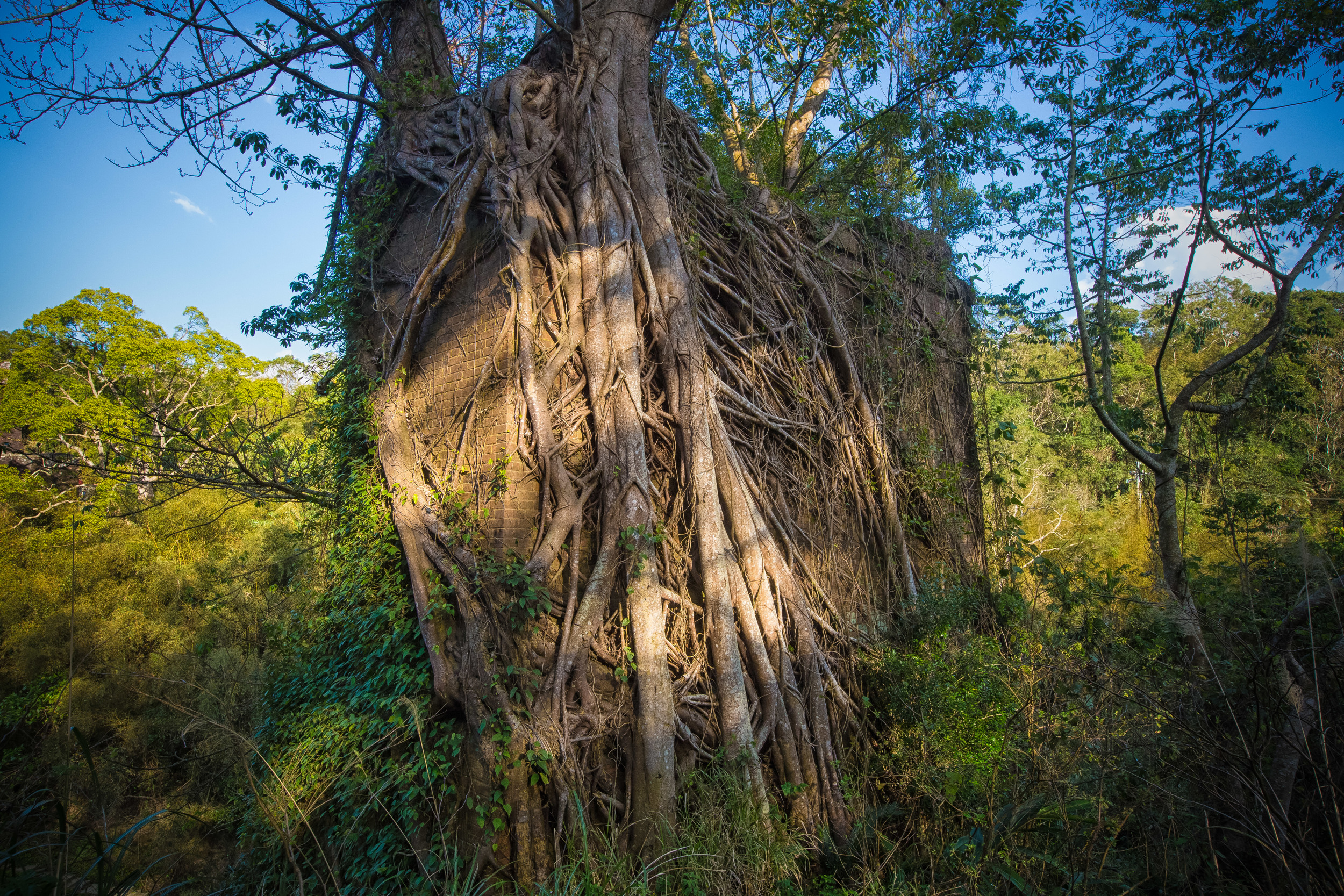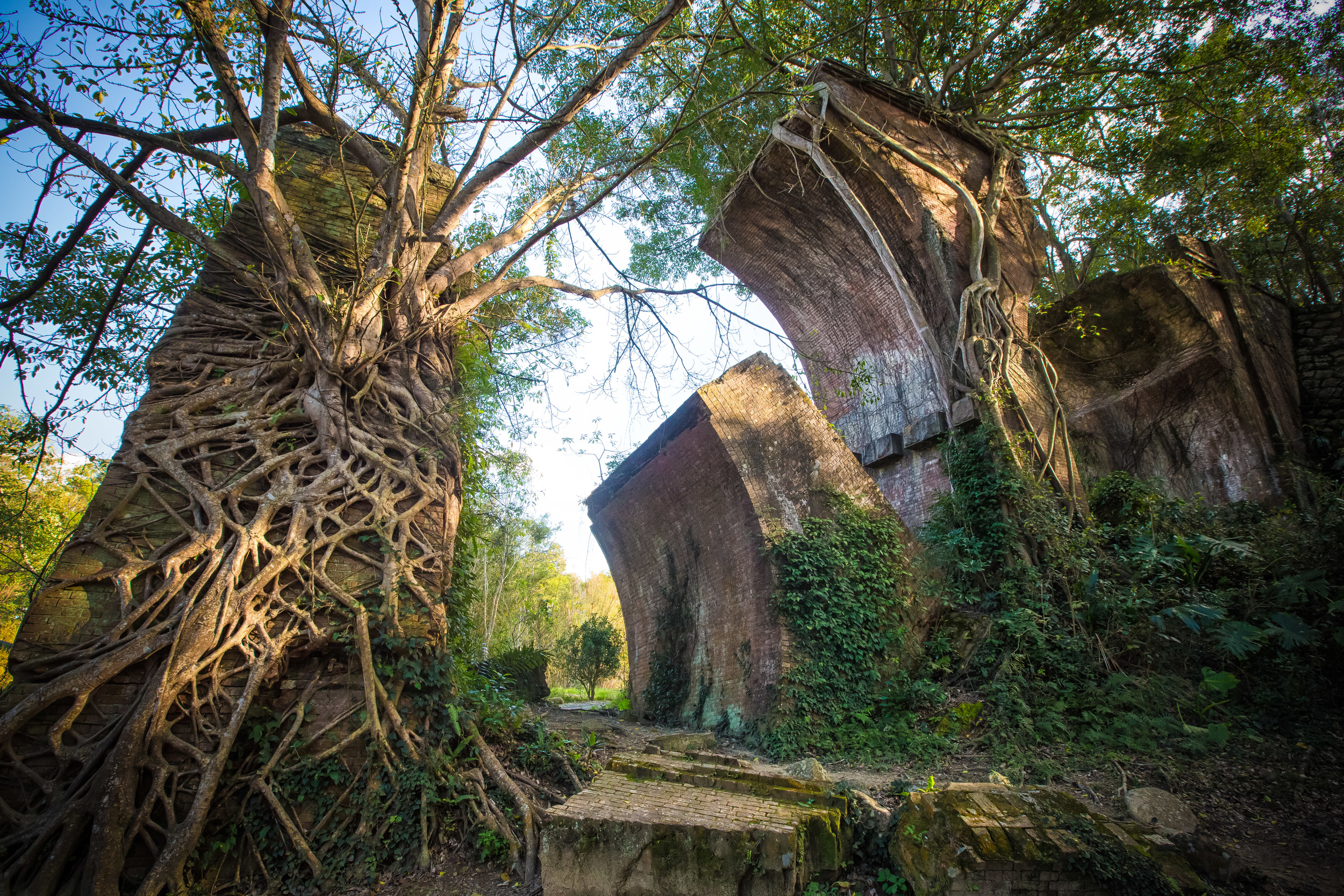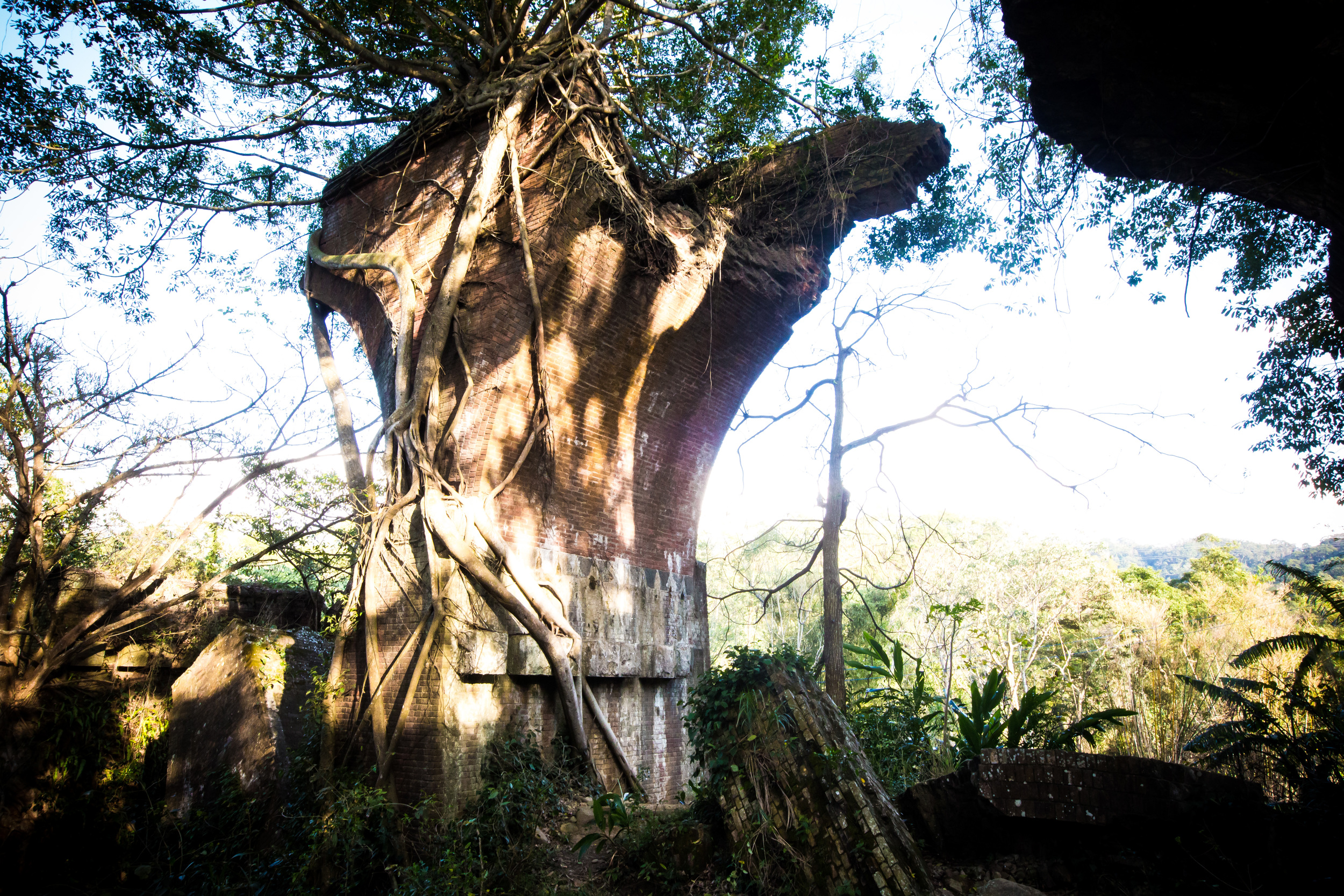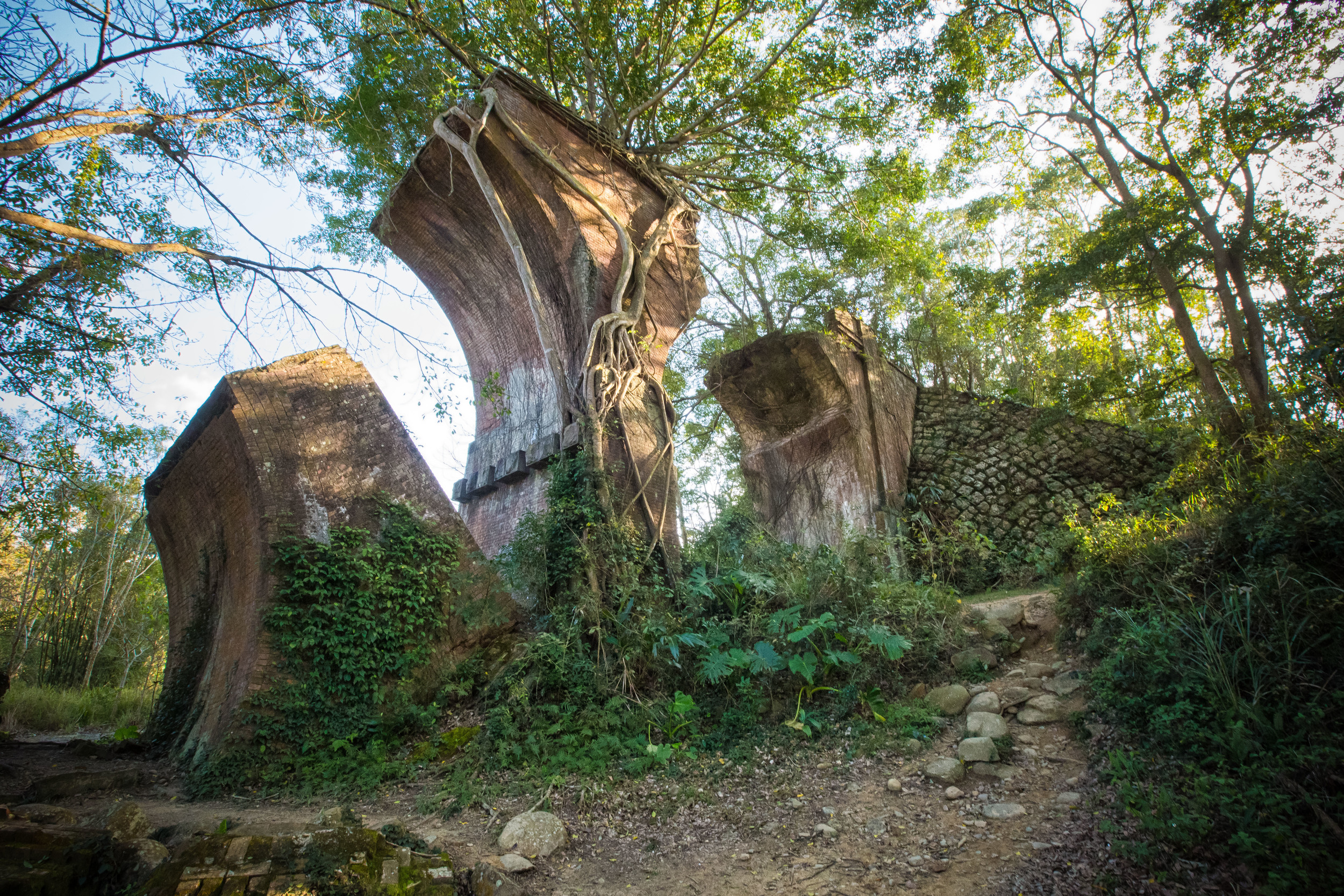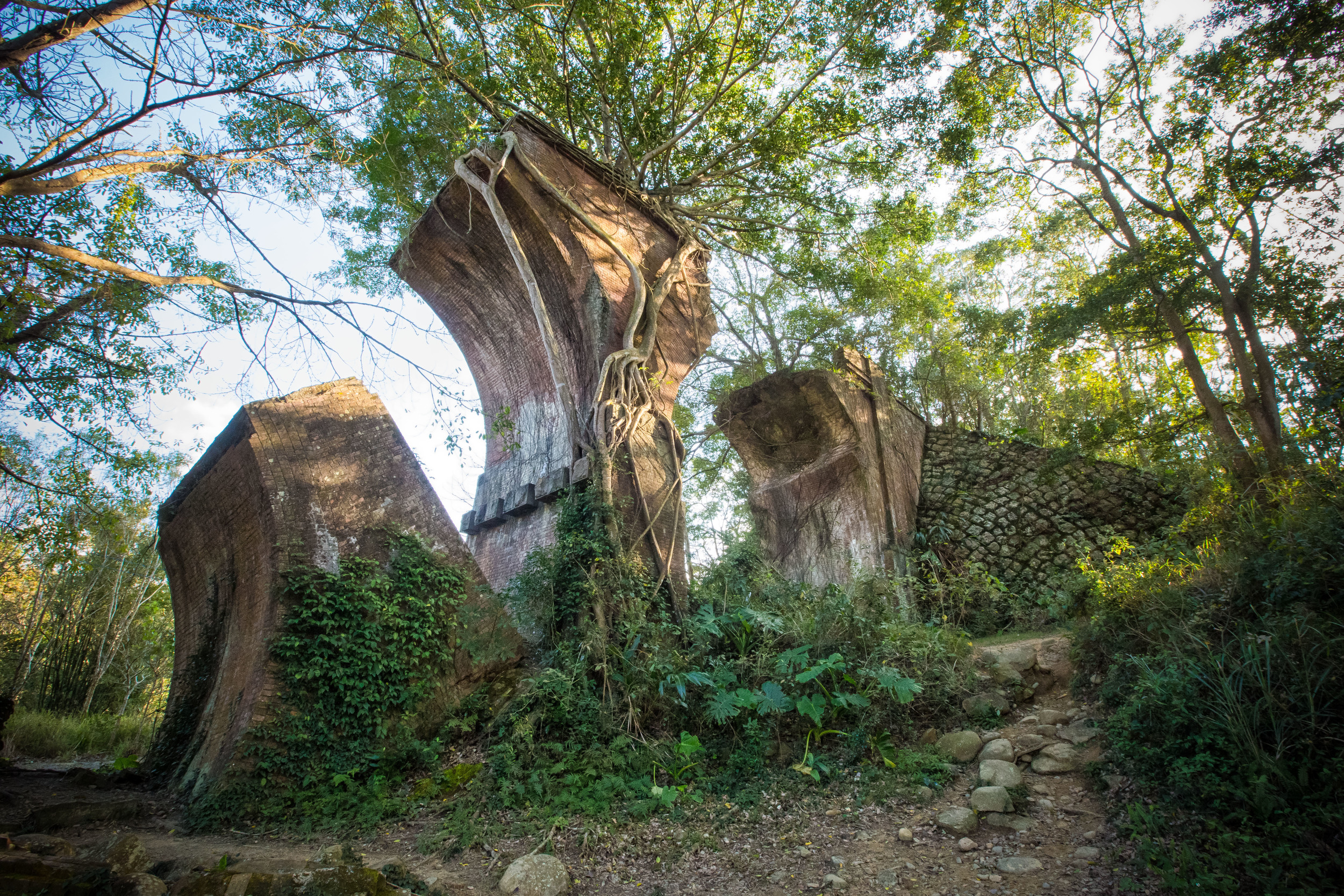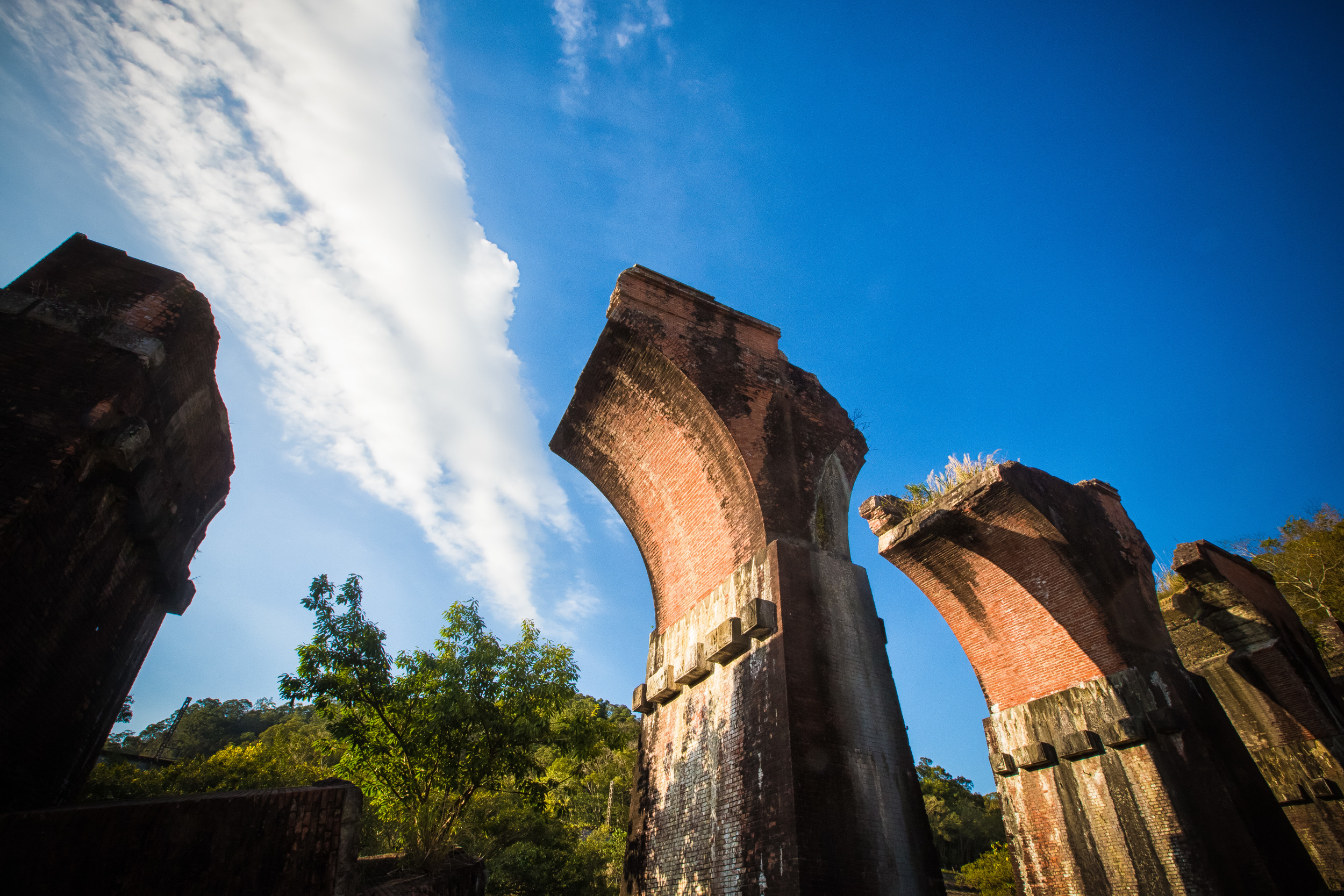Sheng-Hsing Train Station (勝興車站) is a historical train station on Taiwan's old western rail line and even though it is not currently in operation, it has become a nostalgic tourist destination for people in Taiwan and has the ability to attract crowds just as large as many of Taiwan's "old streets" on weekends and holidays. The train station and the street around it are typical part of a much larger daytime which includes other destinations in Miaoli and most certainly the Long-Teng bridge which is a short drive down the road from the station.
The station was built in 1906 during the Japanese colonial period and one of the main reasons it has been able to attract so many tourists is because of Taiwan's close relationship with Japan and the Taiwanese people's admiration for Japanese culture. There are of course hard feelings about the treatment of Taiwanese people during the occupation, but for a lot of Taiwanese, especially those who weren't part of the Nationalist retreat from China, an affinity with Japan is part of their identity and tourist attractions like this train station are a reminder of the past when things were much different on this island.
The train station is basically a small house that was built in the Japanese "Tiger Tooth" style (虎牙式設計) which means that it was constructed entirely of wood and without a single nail or glue to fit different pieces of wood together. A similar style of construction is also quite popular in Japanese and Taiwanese temples where wooden pieces are fitted together without the usage of nails or glue in an attempt to ward off evil spirits. This style of design is particularly special at this train station because it is one of the few remaining structures remaining in Taiwan that has this style of construction and is left standing after the devastating earthquakes that ravaged Taiwan over the past century.
While the station was still in operation, it was situated at the highest point (402 meters above sea level) on the Old Western Railway Trunk Line (舊山線) which was a problematic line for the Taiwan Railway Authority as it slowed down the trains travelling south and was also unsuitable for more modern styles of trains. When the new western line was completed, it rendered Sheng-Hsing station obsolete and on September 23, 1998 the last train - Southbound No. 167 stopped at the station at 9:10pm and marked the end of service on the old line.
A year after the station was put out of operation, the Miaoli County Government designated Sheng-Hsing station as a county-level historic site and started to market it to people as a tourist destination. In Taiwan, an old train station is rarely enough to attract crowds, so the government promoted an "old street" atmosphere near the station promoting local Hakka culture and cuisine making the small village more attractive to villagers.
Today you will find several Hakka restaurants and vendors selling Hakka Lei-Cha (客家擂茶) as well as Hakka sticky rice (客家麻糬) and other popular dishes. There are also stores set up along the sides of the road selling Hakka-inspired souvenirs and gifts.
In the past, the station would have separated the village and the mountain road running through it from the train tracks - Today the entire area is open and tourists can go back and forth as they please playing on the train tracks and walking through the almost 1km-long tunnel between 2 and Yutengping stations (雨藤坪車站) as well as sampling some of the Hakka cuisine on the street in front of the station.
If you visit the station you don't need a whole lot of time to see everything and if you are making plans to visit the area, make sure to include other areas in your plans as well. Much like the Long-Teng Bridge, this area is quite popular with Taiwanese tourists. There is really a whole lot to do here, but its always a great idea to stop into any of the Hakka restaurants lining the street to have a traditional dish or two.
The station and the area around it aren't enough for a day-trip so if you're coming from Taipei or further south, you'll want to make the most of your time and check out some other stuff in the area as well. Miaoli has some pretty cool attractions so make sure to do a little research before ending up in the mountains where internet connectivity isn't the best!
For more about this train station and the old street next to it check out this excellent blog post from Taiwan in Cycles: Thinking About Sheng-Hsing Station
If you have any questions, comments or corrections, don't be shy, comment below and I'll get back to you as soon as I can!
Gallery / Flickr (High Res Shots)
